Saturn IB (Apollo-Soyuz)
Adam Wilde (Apollo 110)
September 2024

Manned spaceflight is spaceflight with a crew or passengers aboard a spacecraft, the spacecraft being operated directly by the onboard human crew or remotely operated from ground stations on Earth, or autonomously, without any direct human involvement. People trained for spaceflight are called astronauts, cosmonauts, or taikonauts; and non-professionals are referred to as spaceflight participants.
The first human in space was Soviet cosmonaut Yuri Gagarin, who launched on 12 April 1961 as part of the Soviet Union’s Vostok program. Humans traveled to the Moon nine times between 1968 and 1972 as part of the United States’ Apollo program, and have had a continuous presence in space for over 21 years on the International Space Station (ISS). As of 2021, humans have not traveled beyond low Earth Orbit since the Apollo 17 lunar mission in December 1972.
Currently, the United States, Russia, and China are the only countries with public or commercial human spaceflight-capable programs. Non-governmental spaceflight companies have been working to develop human space programs of their own for space tourism or commercial in-space research. The first private human spaceflight launch was a suborbital flight on SpaceShipOne on June 21, 2004. The first commercial orbital crew launch was by SpaceX in May 2020, transporting, under United States government contract, NASA astronauts to the ISS.
For Arguments sake, I’ve included Spaceship Two on this list despite it not reaching The Kármán line, which is the internationally agreed upon boundary between Earth’s atmosphere and outer space (100 kilometres; 54 nautical miles; 62 miles; 330,000 feet).
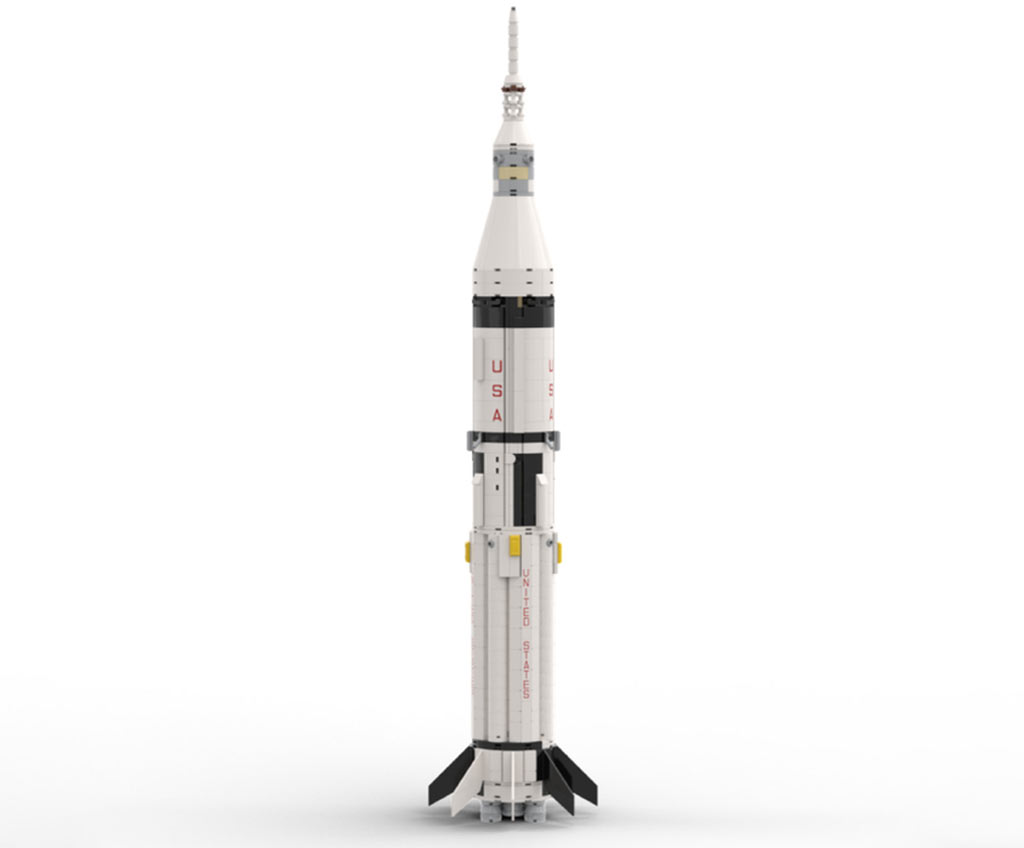
Adam Wilde (Apollo 110)
September 2024
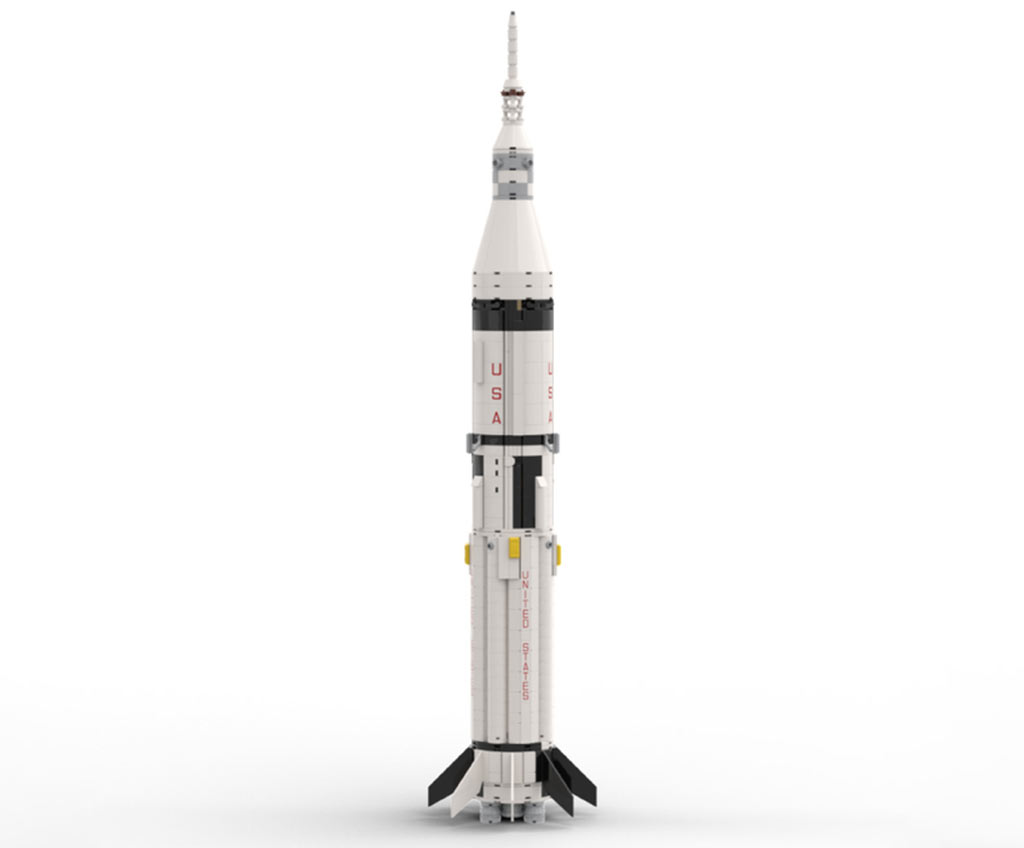
Adam Wilde (Apollo 110)
September 2024
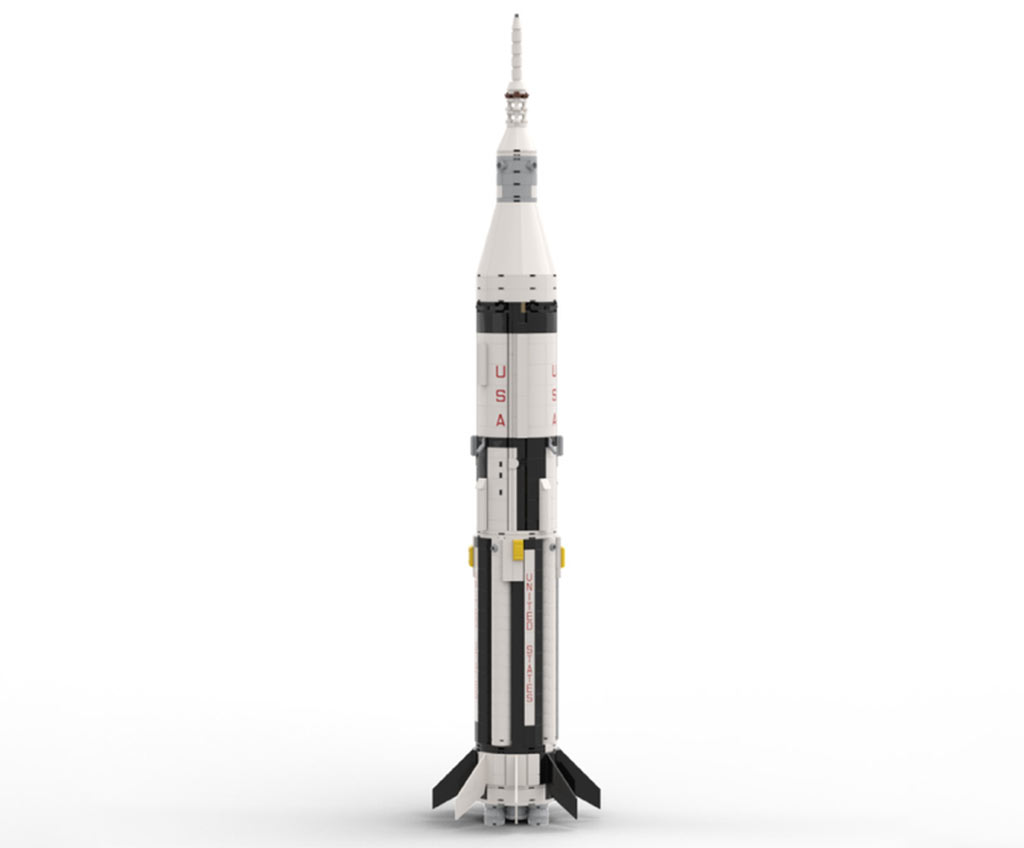
Adam Wilde (Apollo 110)
September 2024
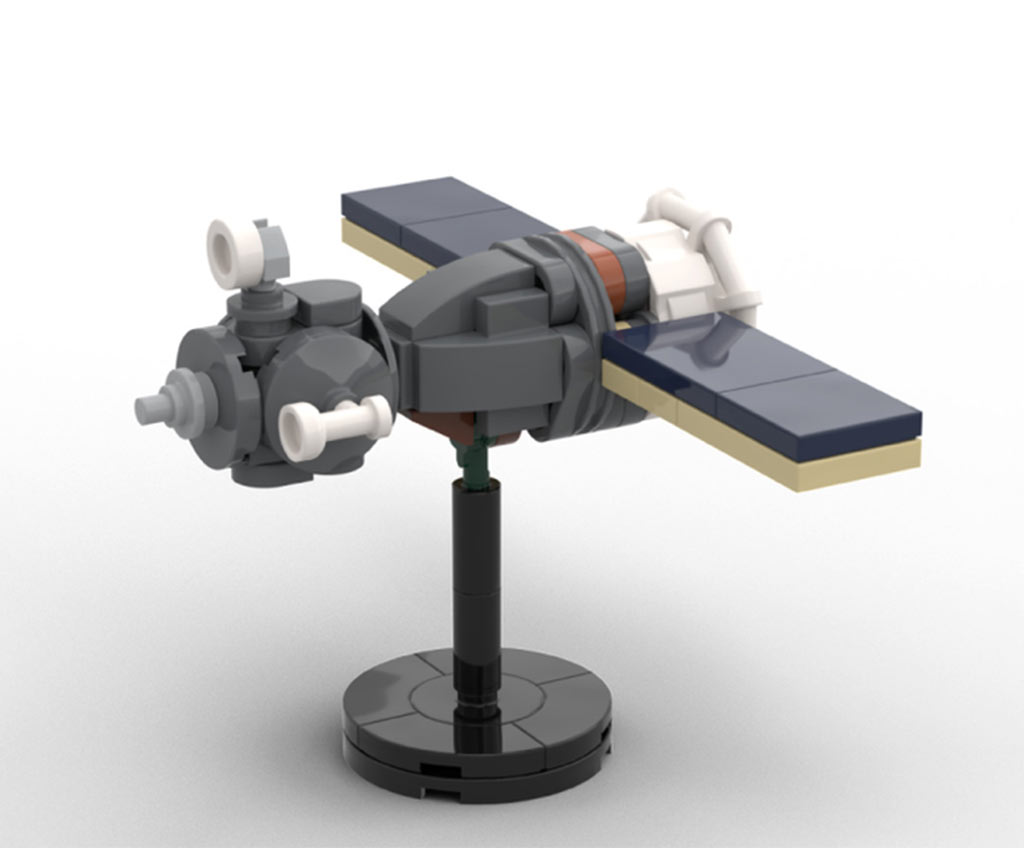
Adam Wilde (Apollo 110)
June 2024
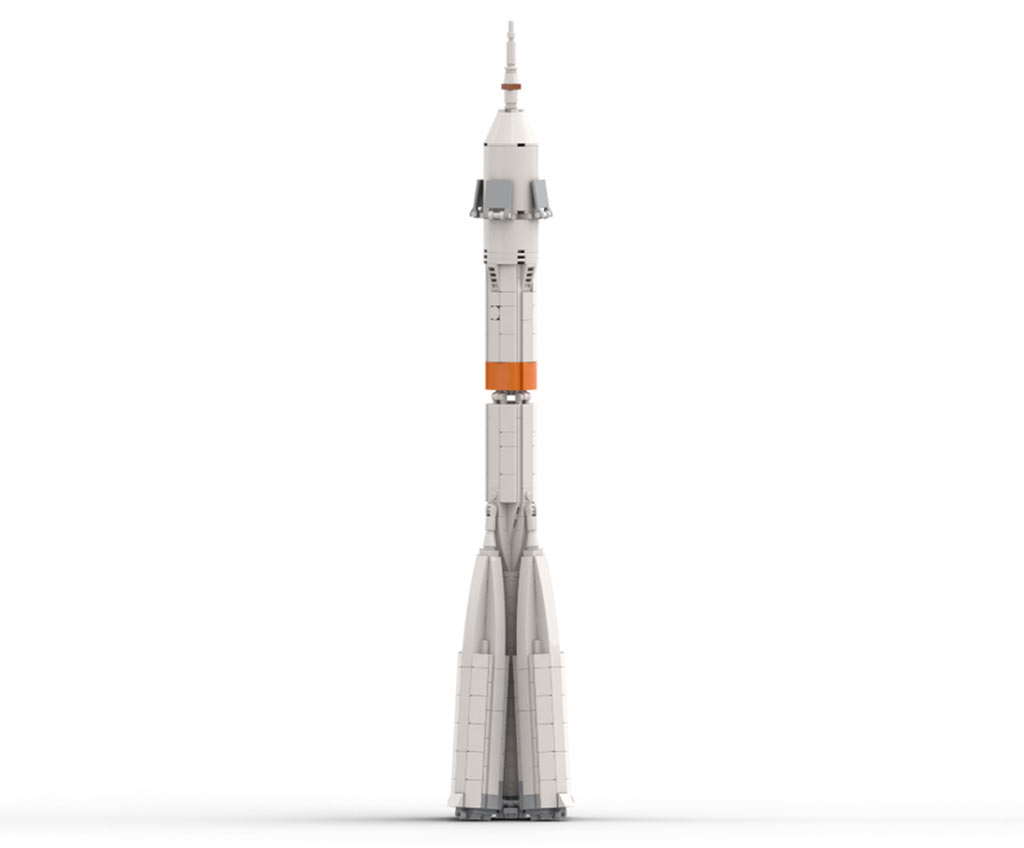
Adam Wilde (Apollo 110)
March 2023
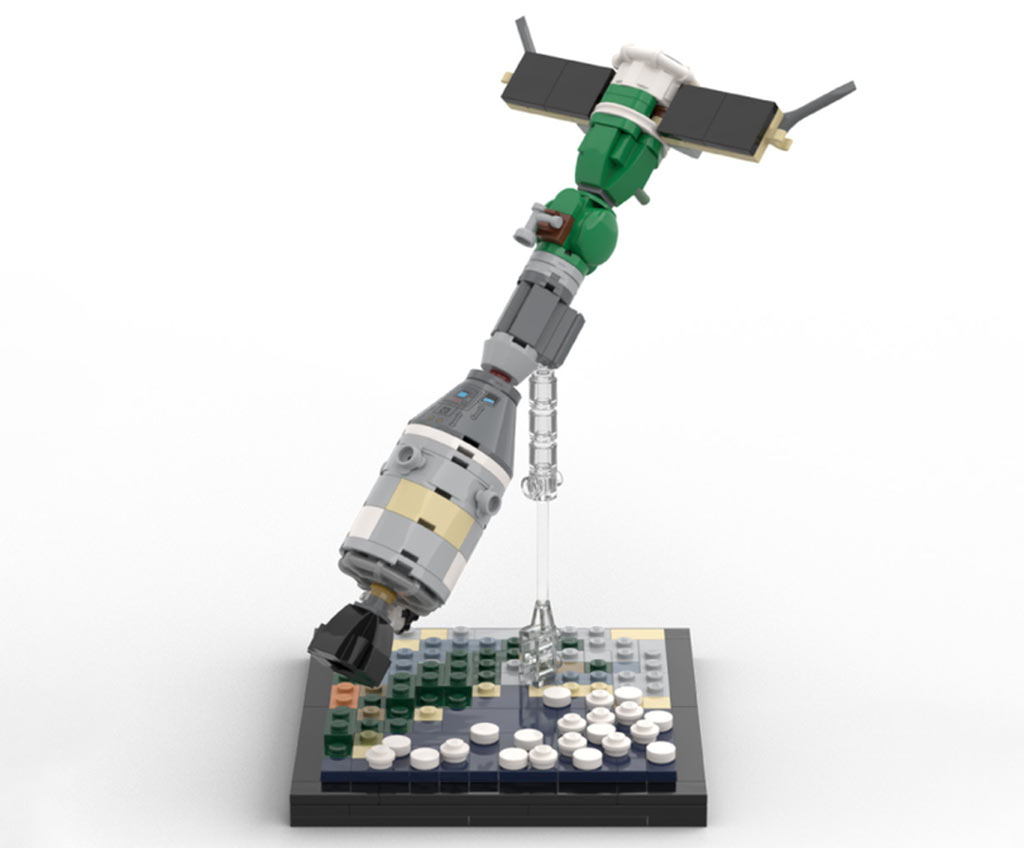
Adam Wilde (Apollo 110)
Nico Daams (Tech_niek)
November 2022
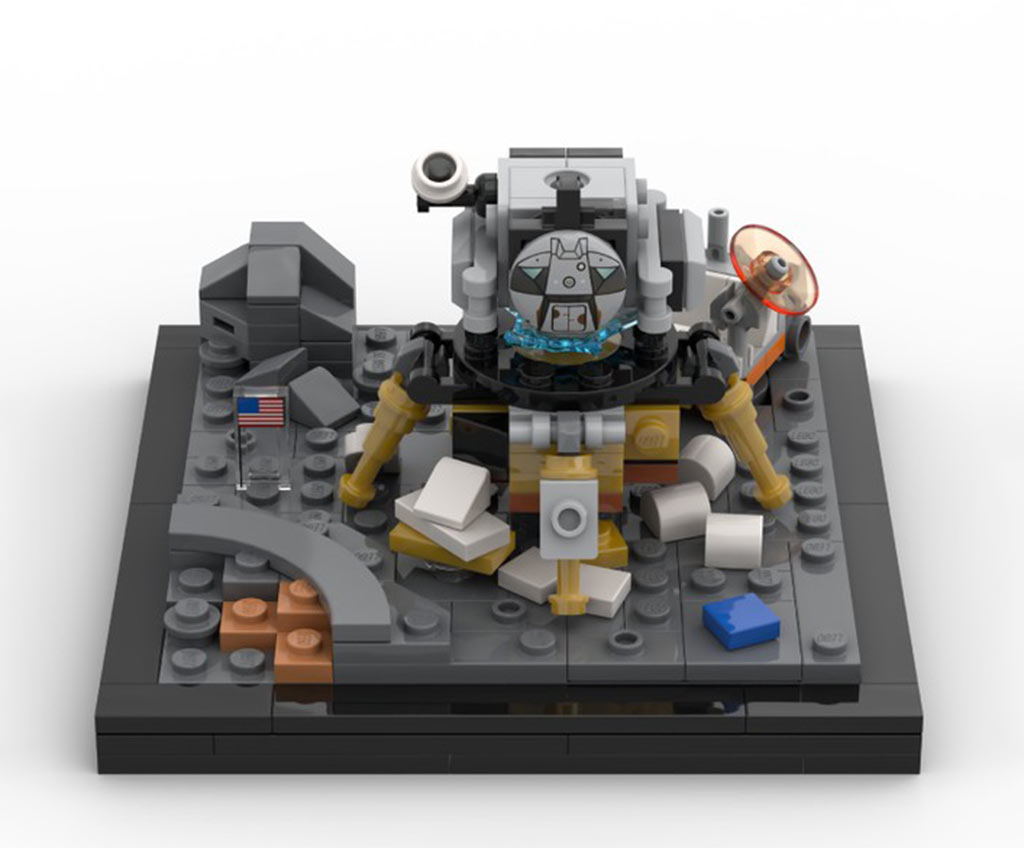
Adam Wilde (Apollo 110)
November 2022
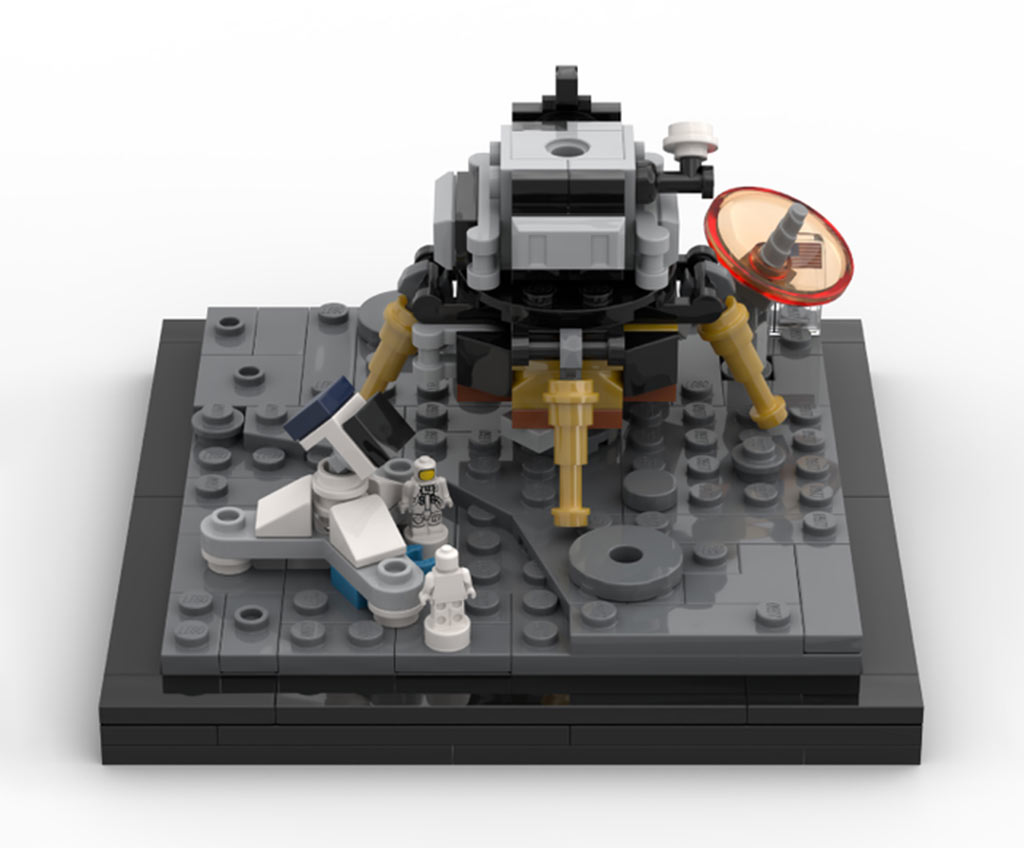
Adam Wilde (Apollo 110)
November 2022
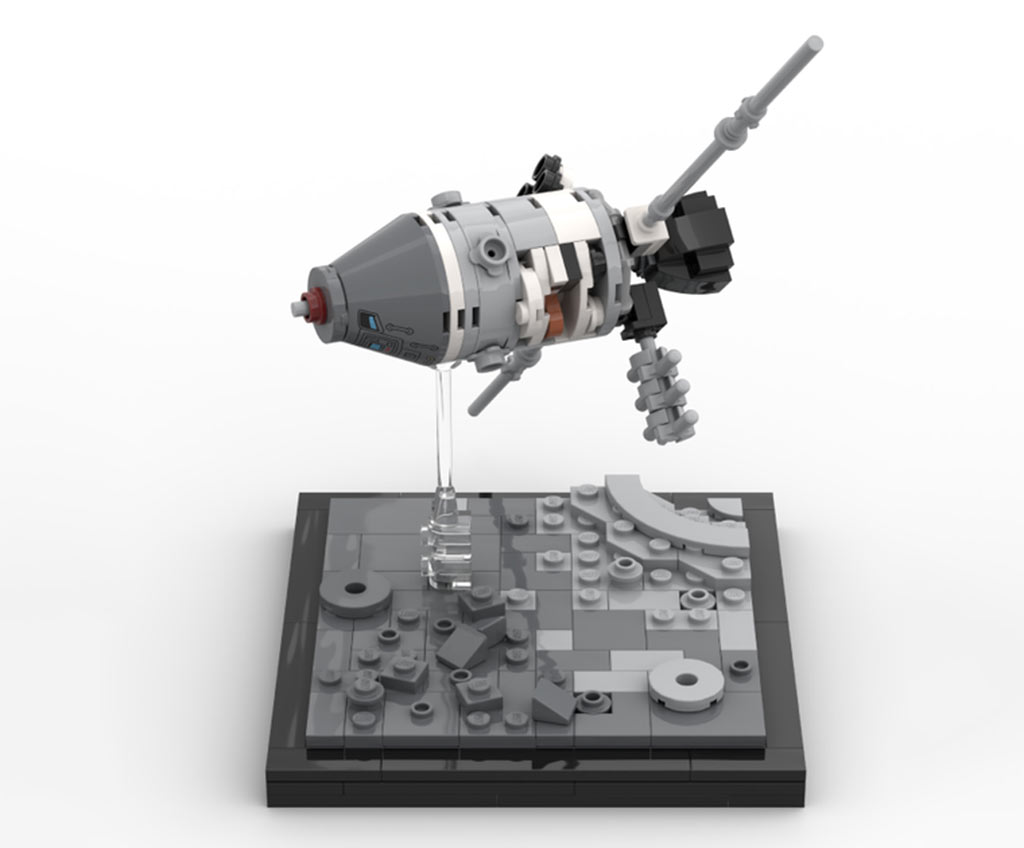
Adam Wilde (Apollo 110)
November 2022
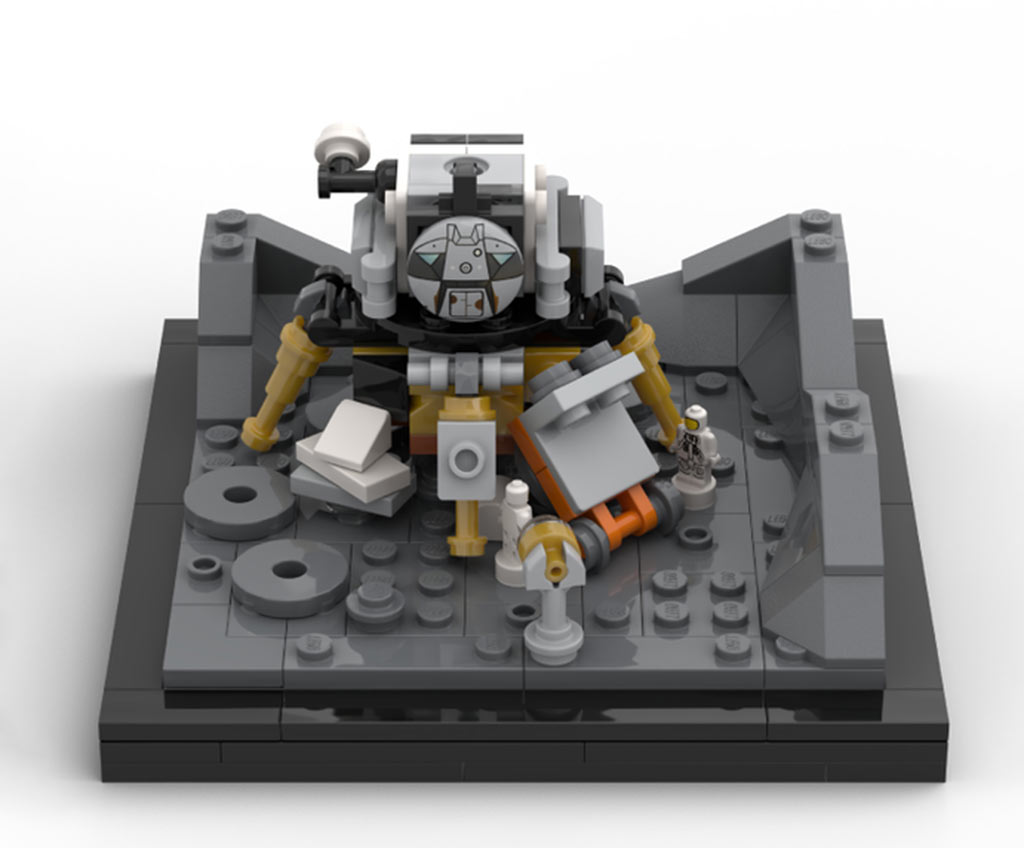
Adam Wilde (Apollo 110)
October 2022

Adam Wilde (Apollo 110)
October 2022
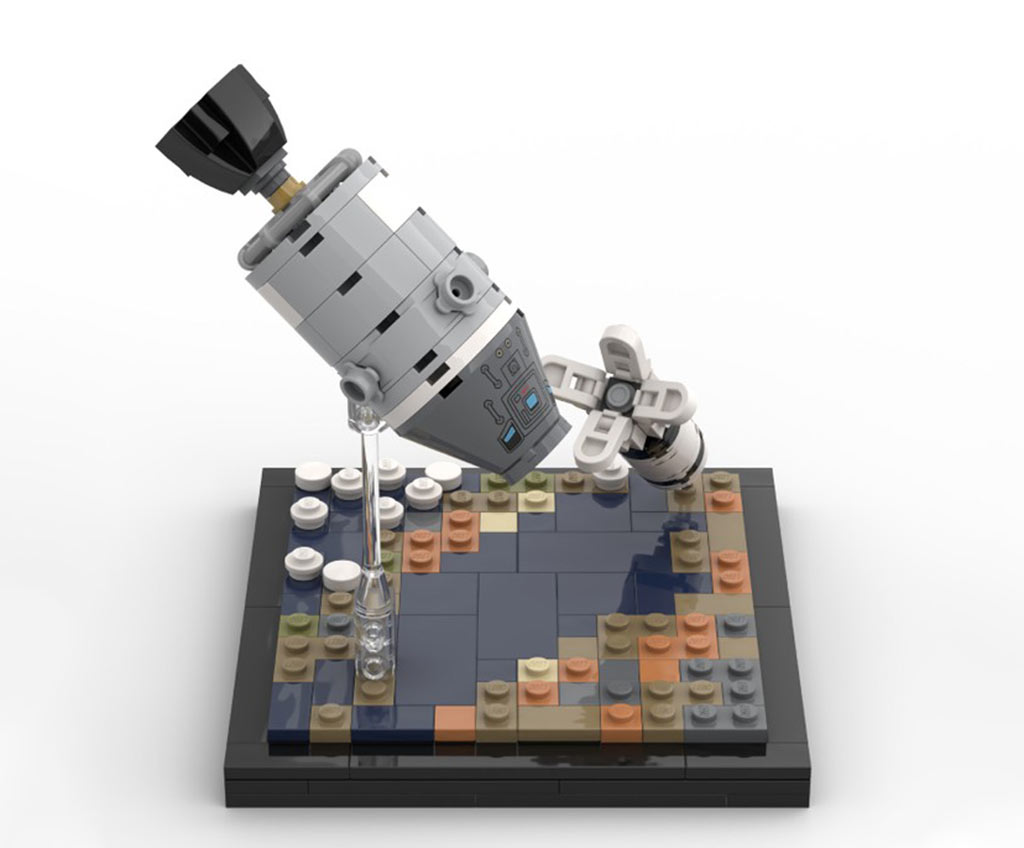
Adam Wilde (Apollo 110)
October 2022
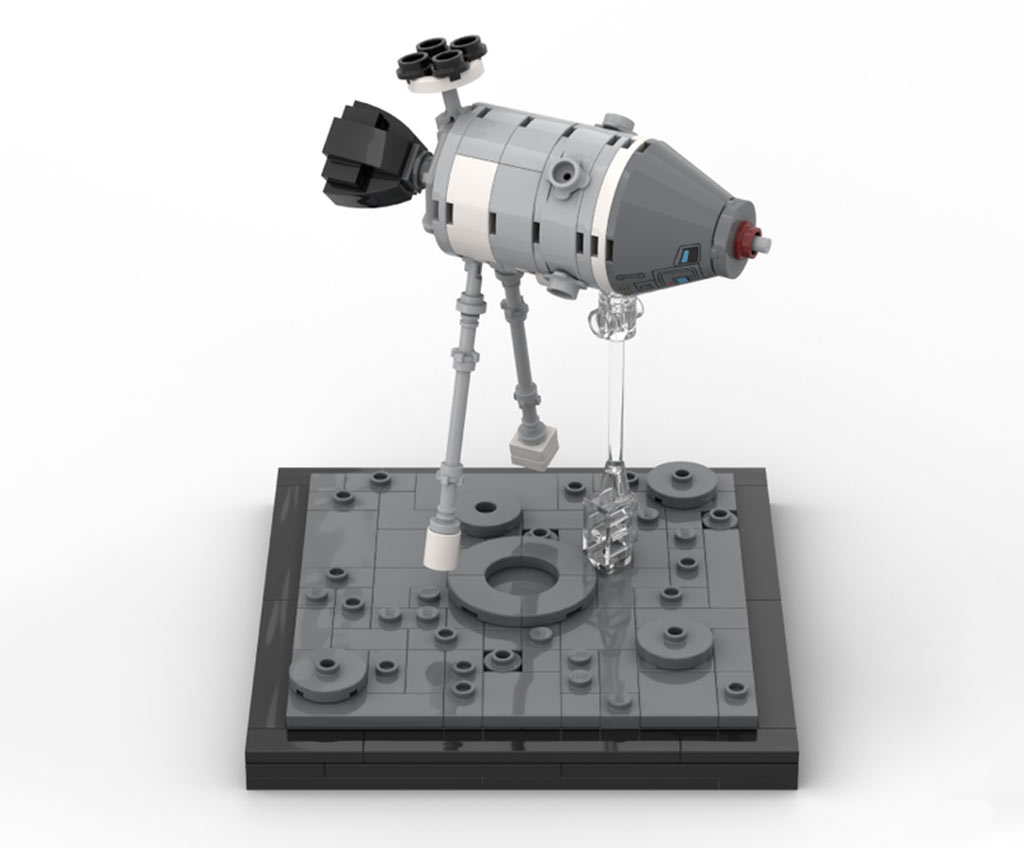
Adam Wilde (Apollo 110)
September 2022

Adam Wilde (Apollo 110)
September 2022
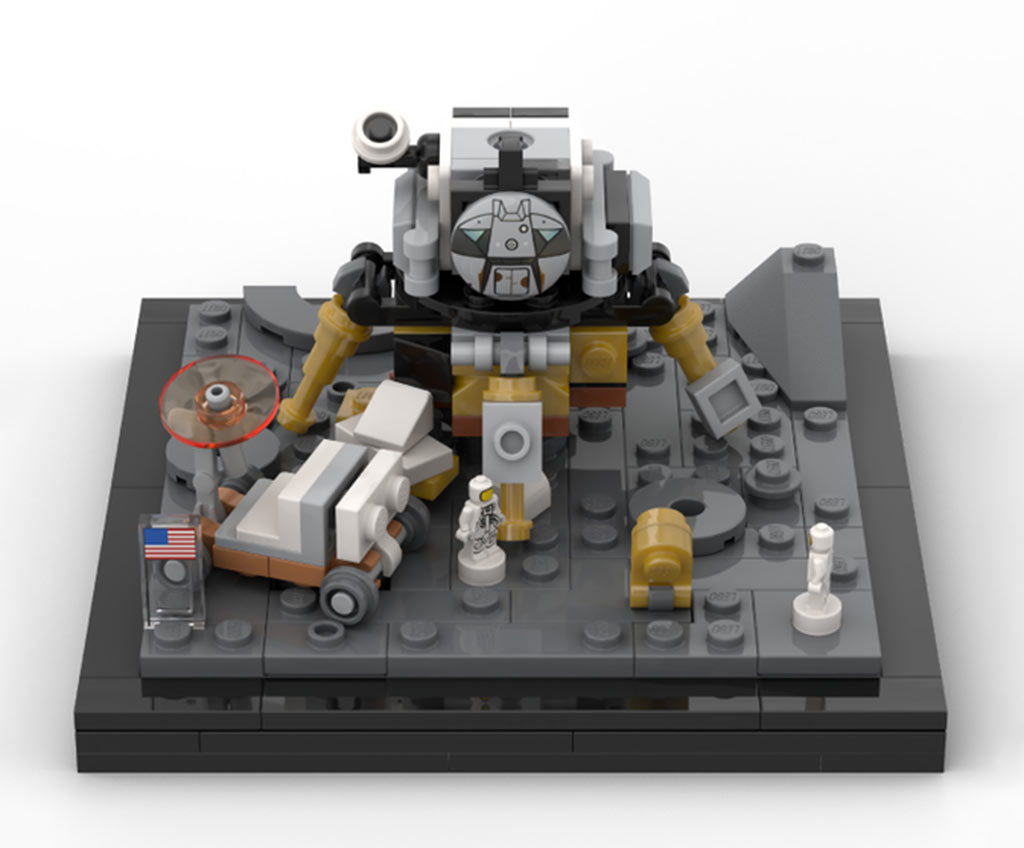
Adam Wilde (Apollo 110)
September 2022
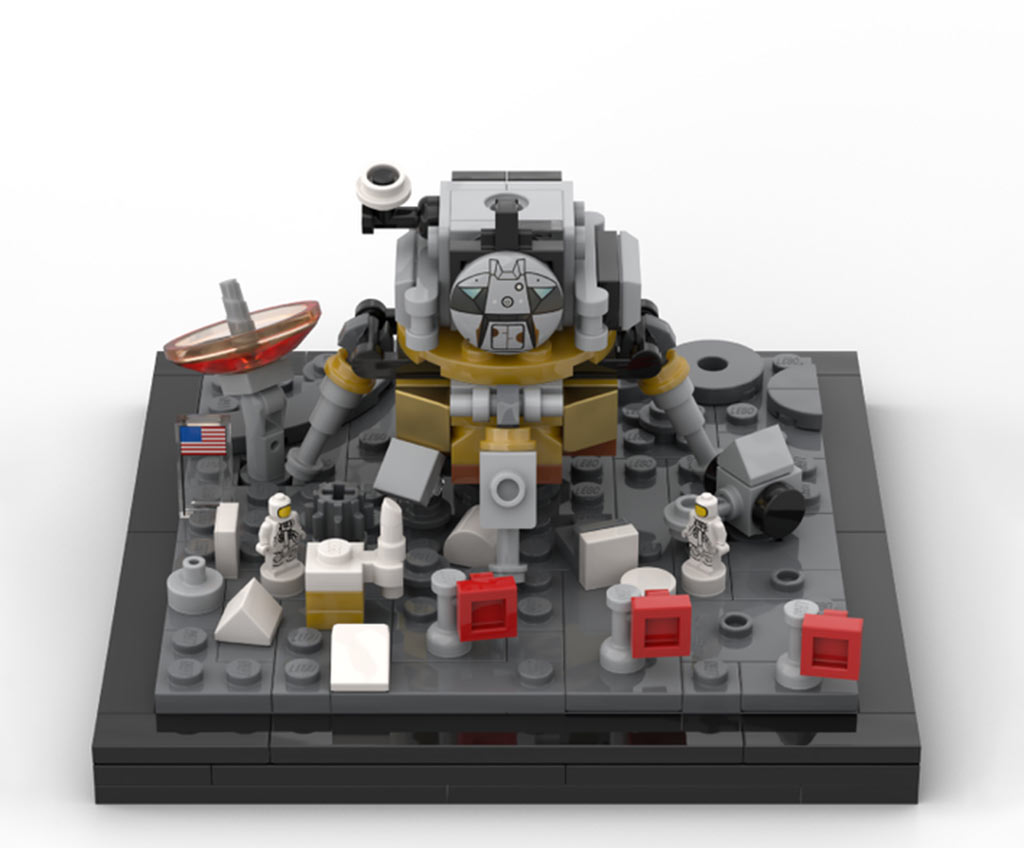
Adam Wilde (Apollo 110)
September 2022
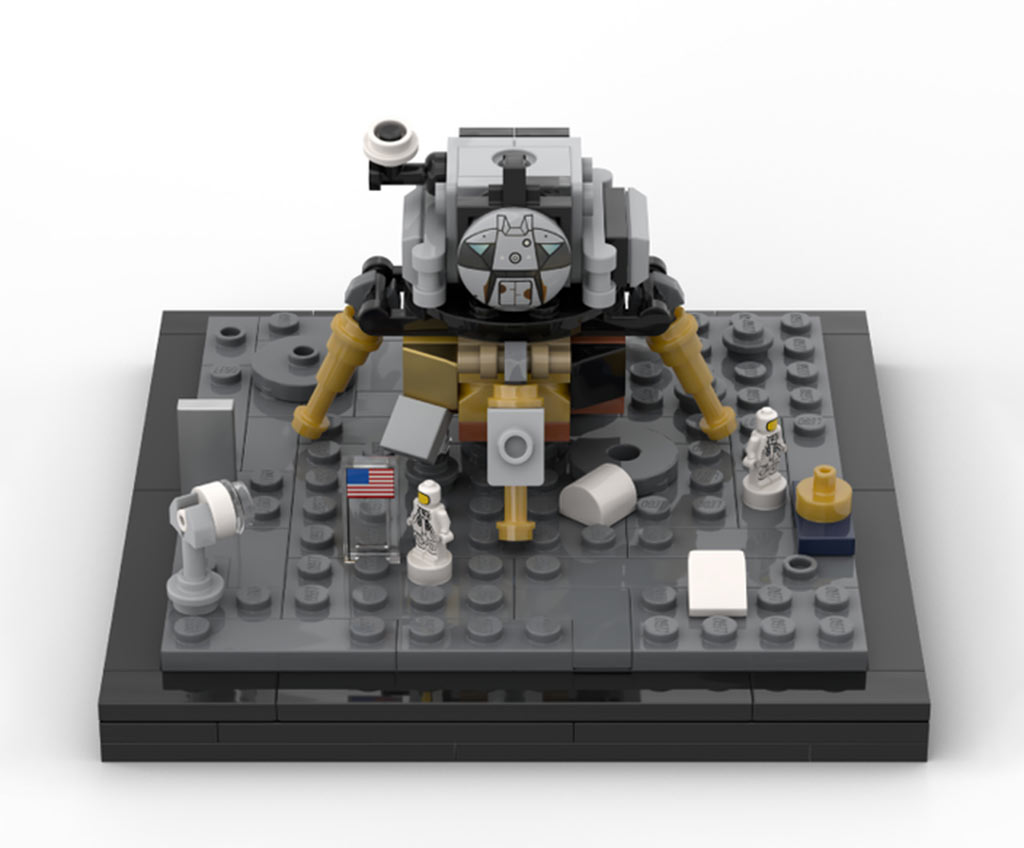
Adam Wilde (Apollo 110)
September 2022
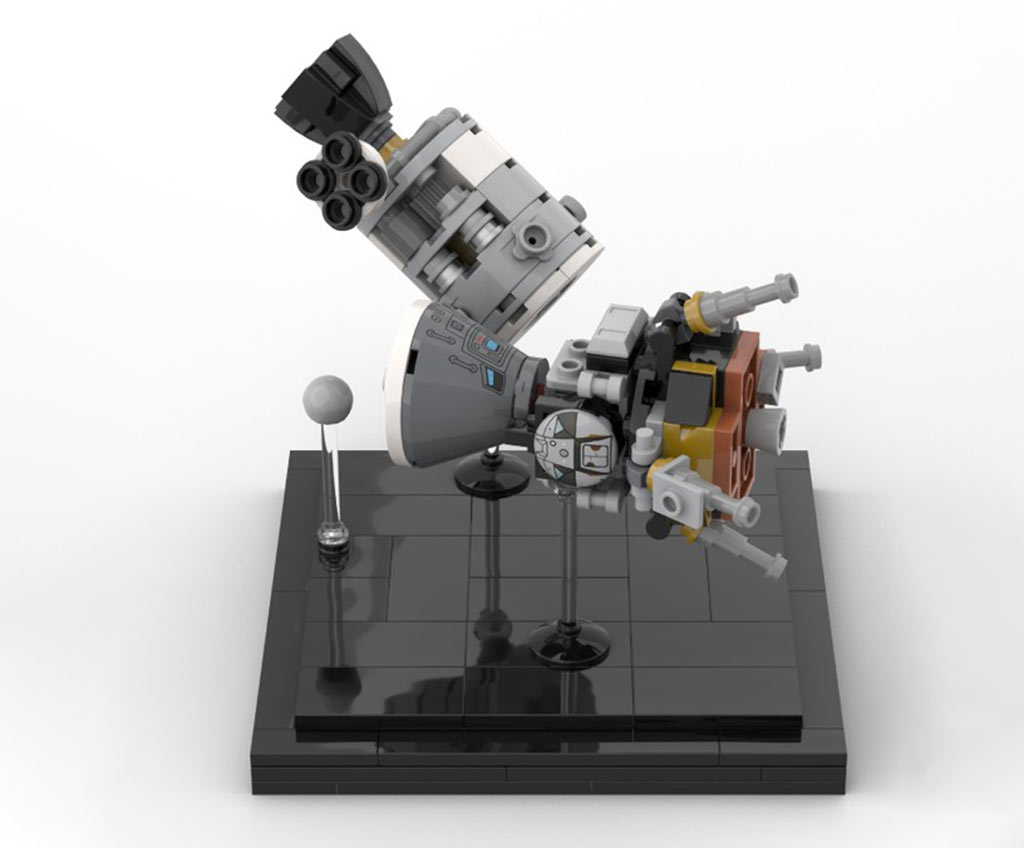
Adam Wilde (Apollo 110)
August 2022
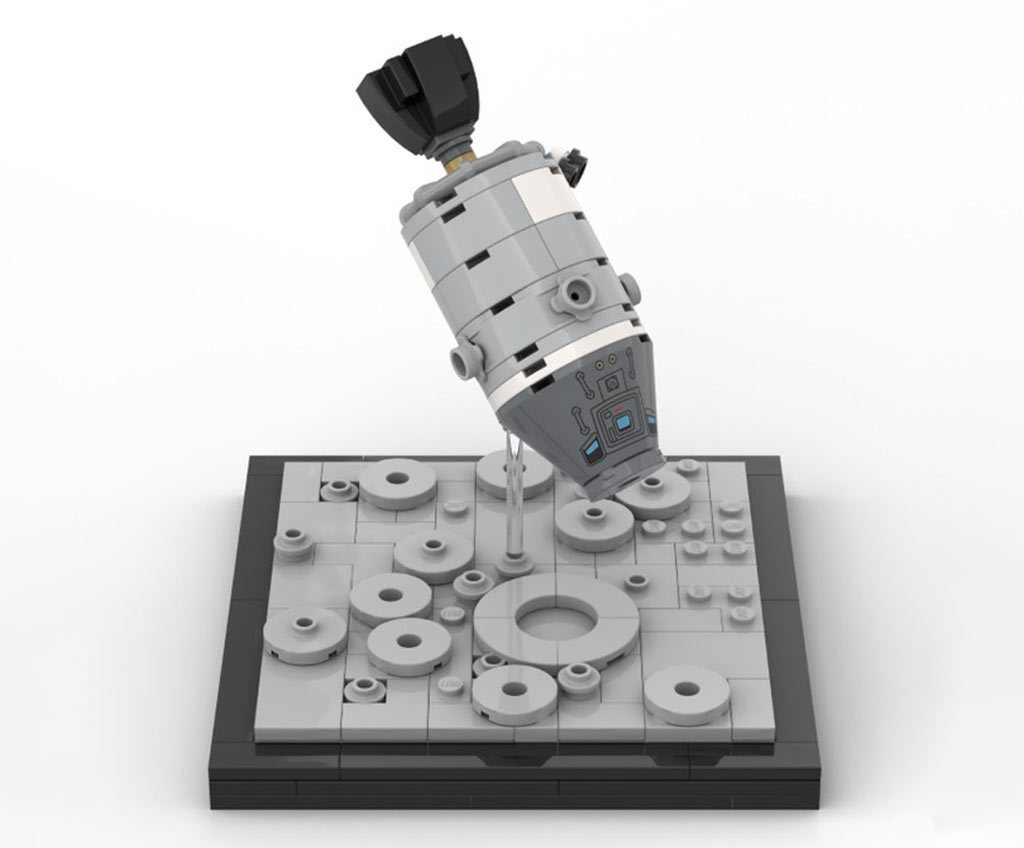
Adam Wilde (Apollo 110)
August 2022
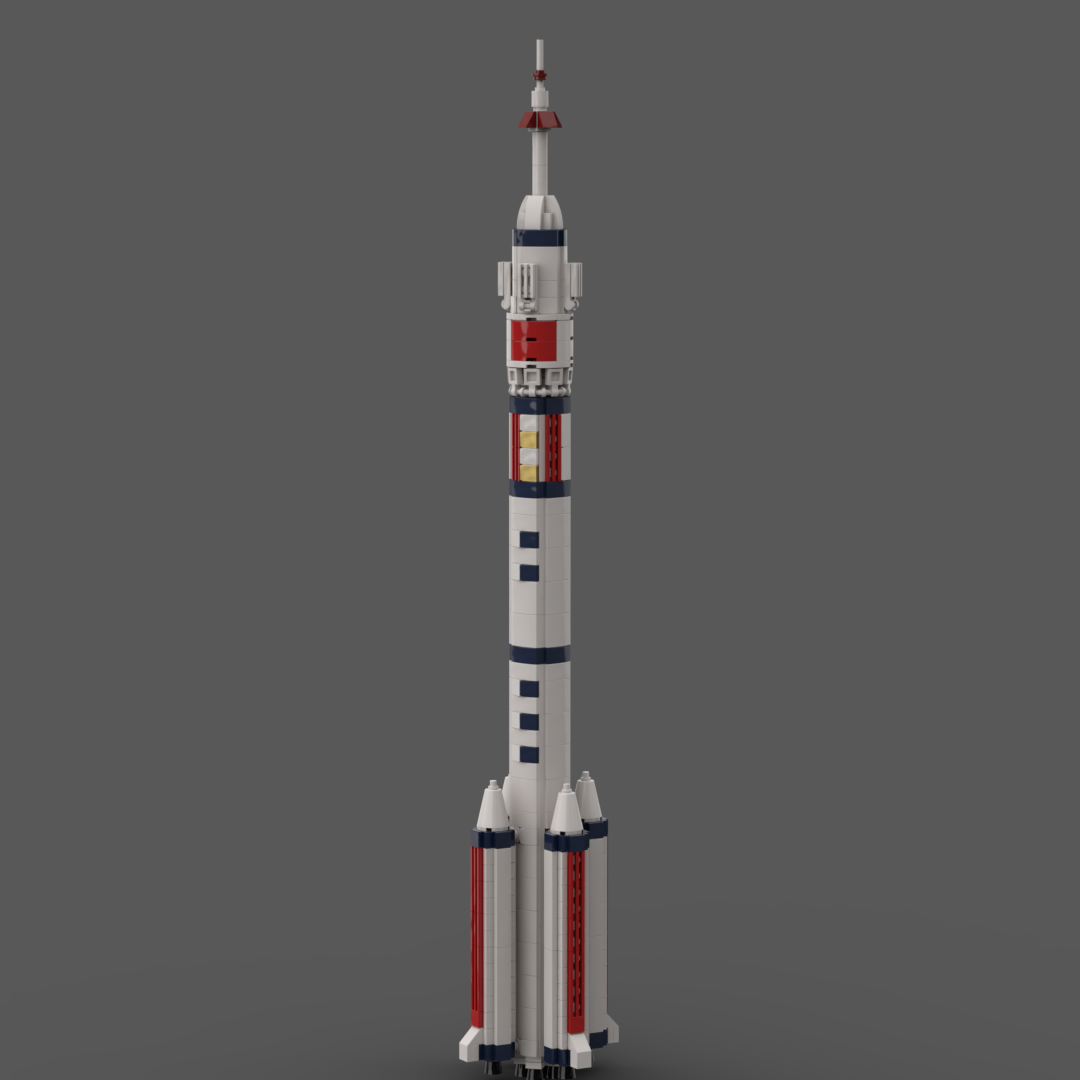
Jared (Raptor Bricks)
October 2021
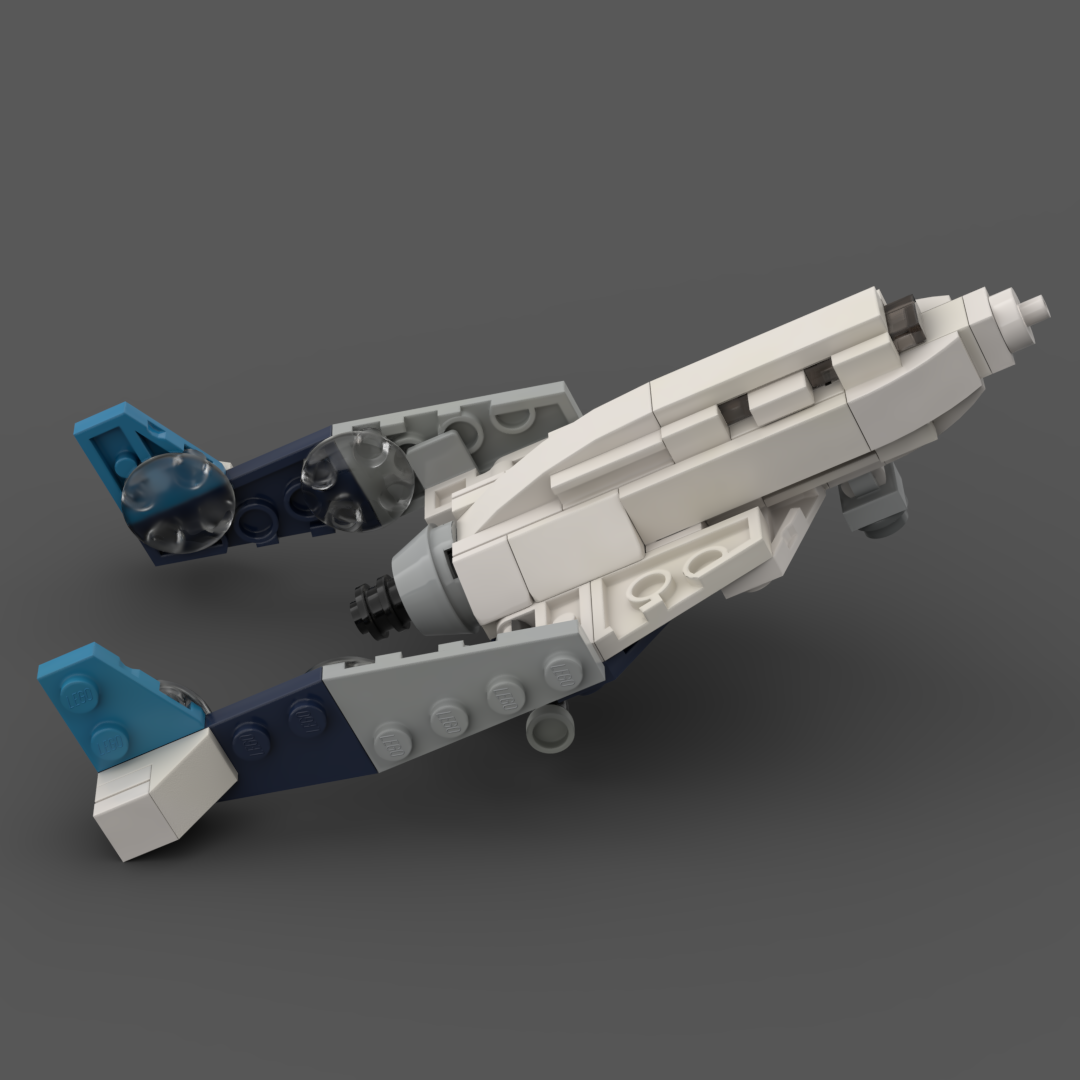
Smazmats
November 2020
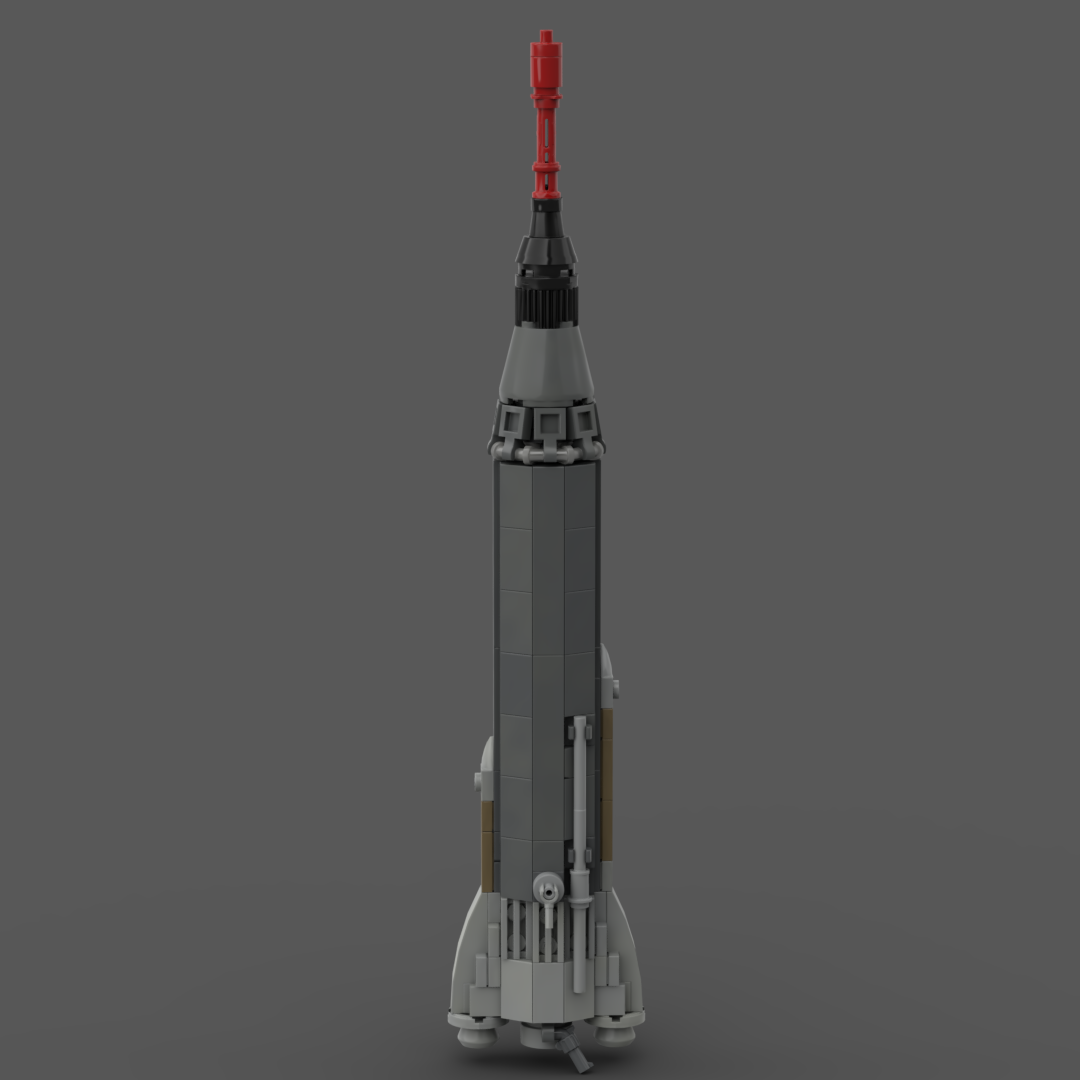
Kevin Huang (Kehu05)
September 2020
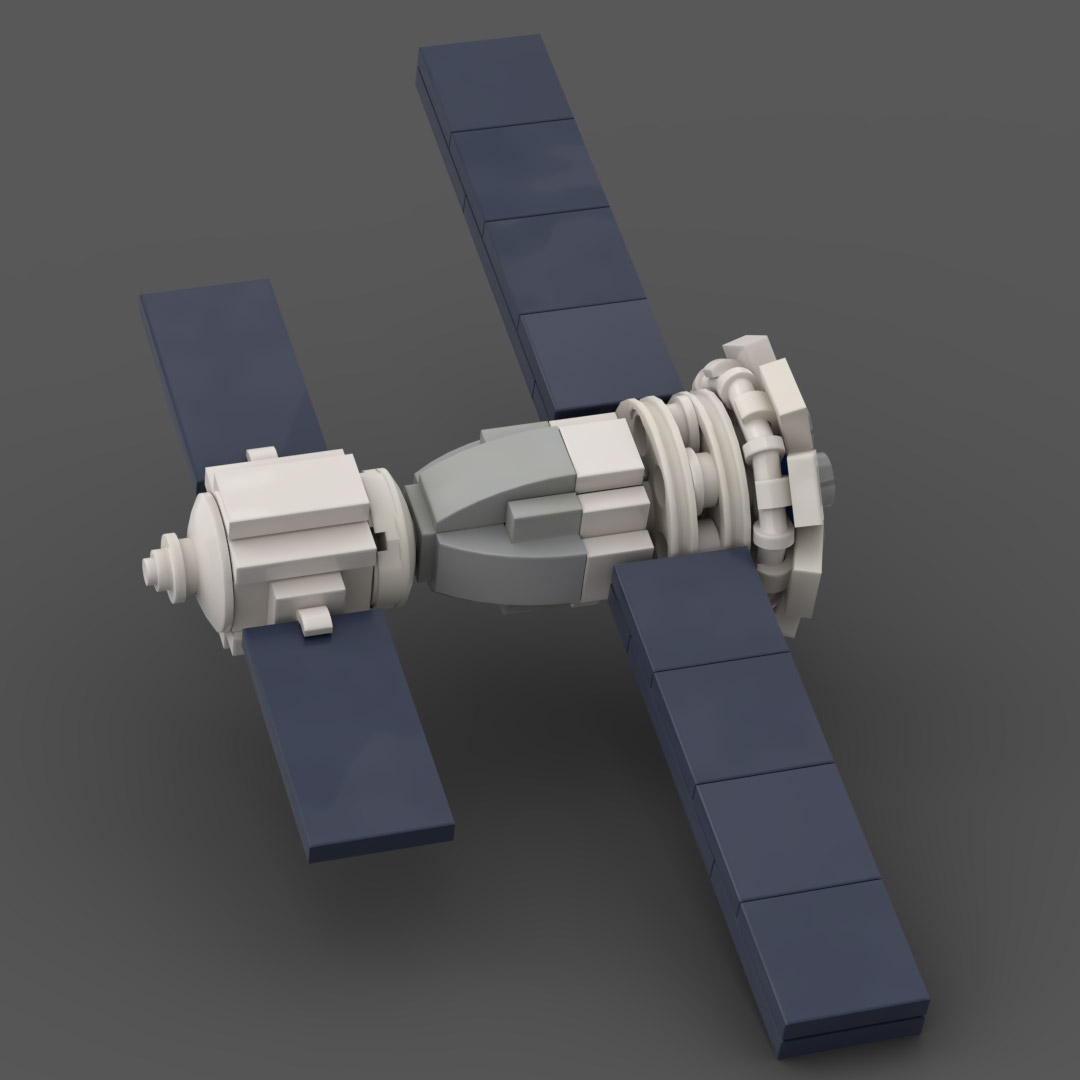
Smazmats
August 2020
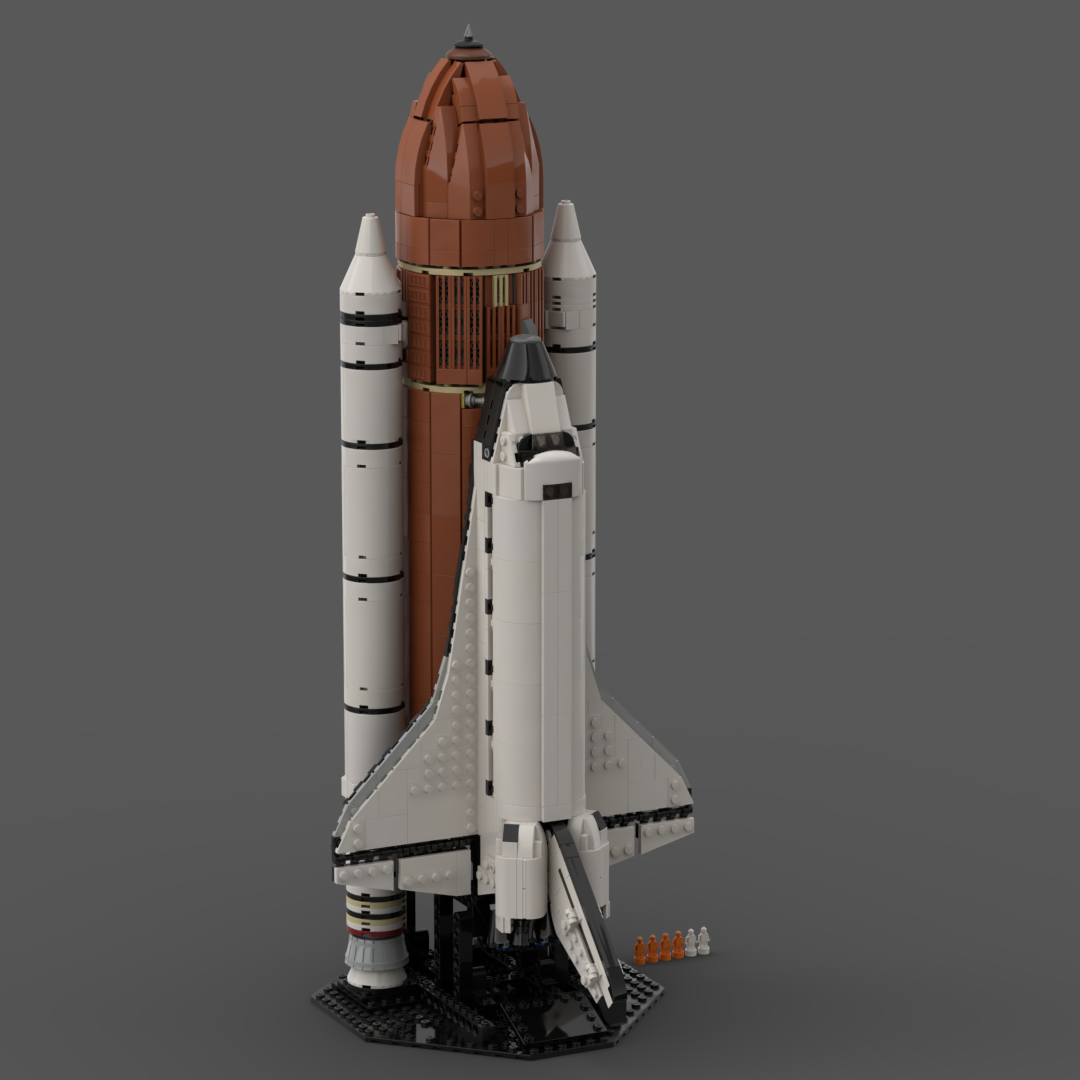
Andrew Harkins (KingsKnight)
June 2020
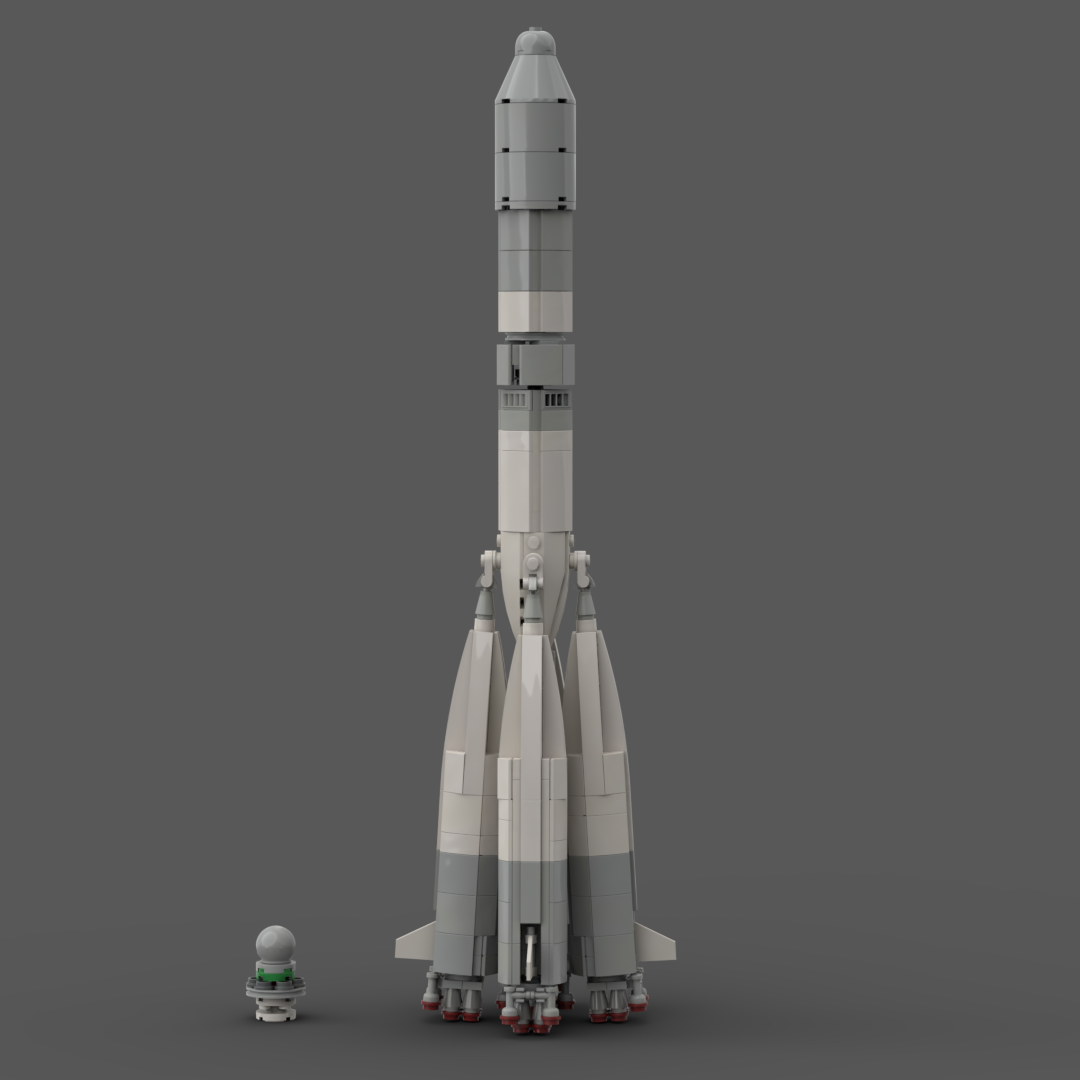
Sam Bradford (0 Gravity Bricks)
June 2020
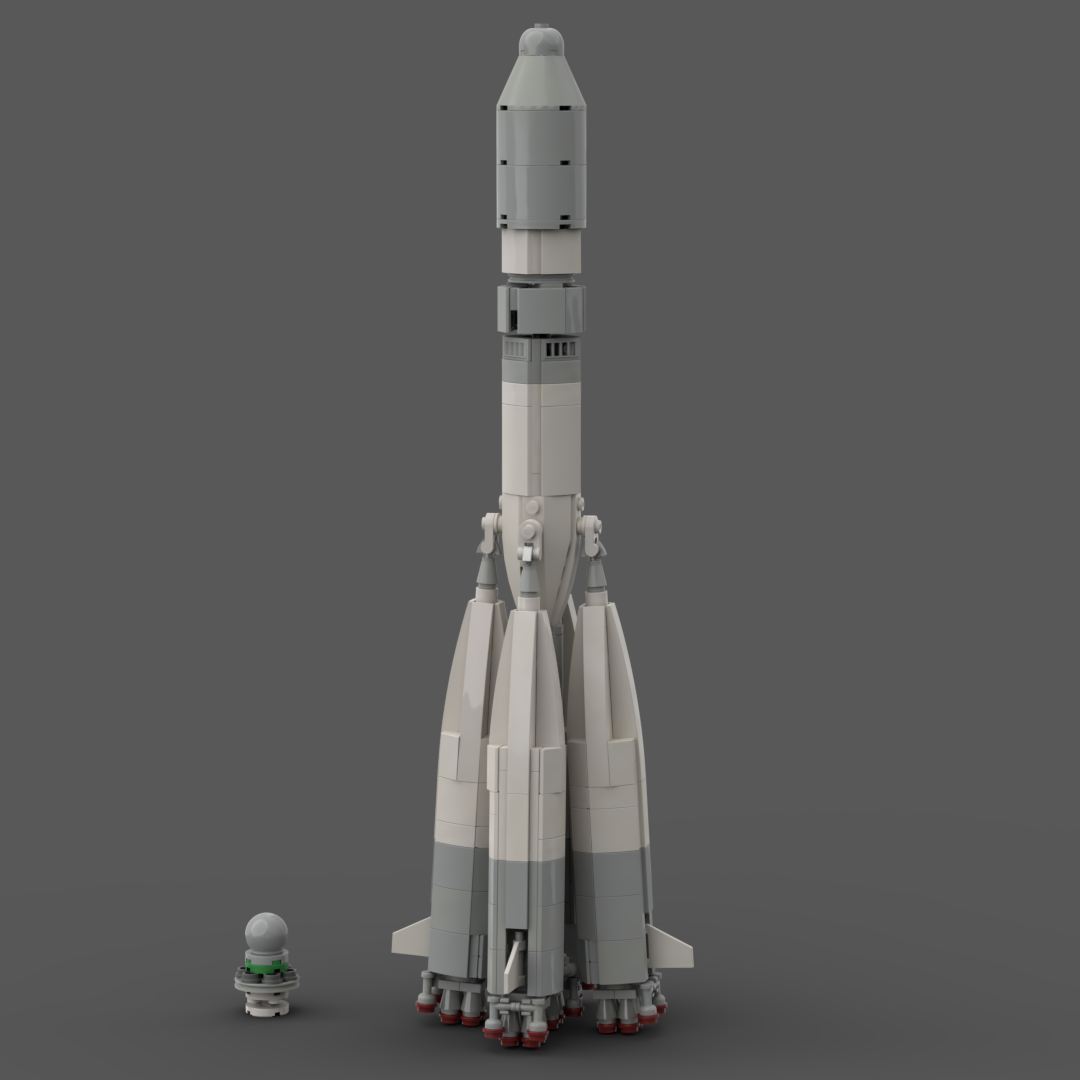
Sam Bradford (0 Gravity Bricks)
June 2020
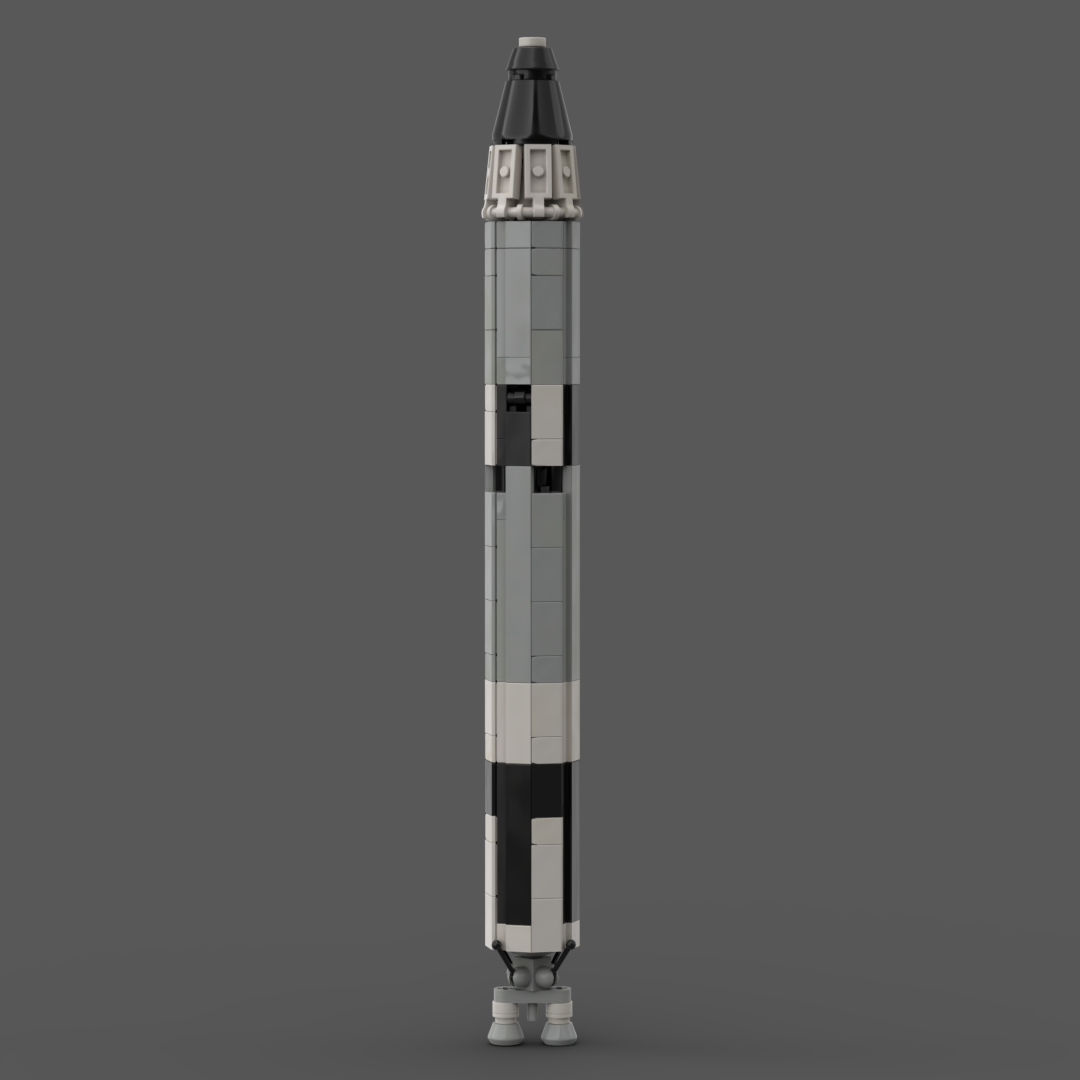
Kevin Huang (Kehu05)
May 2020
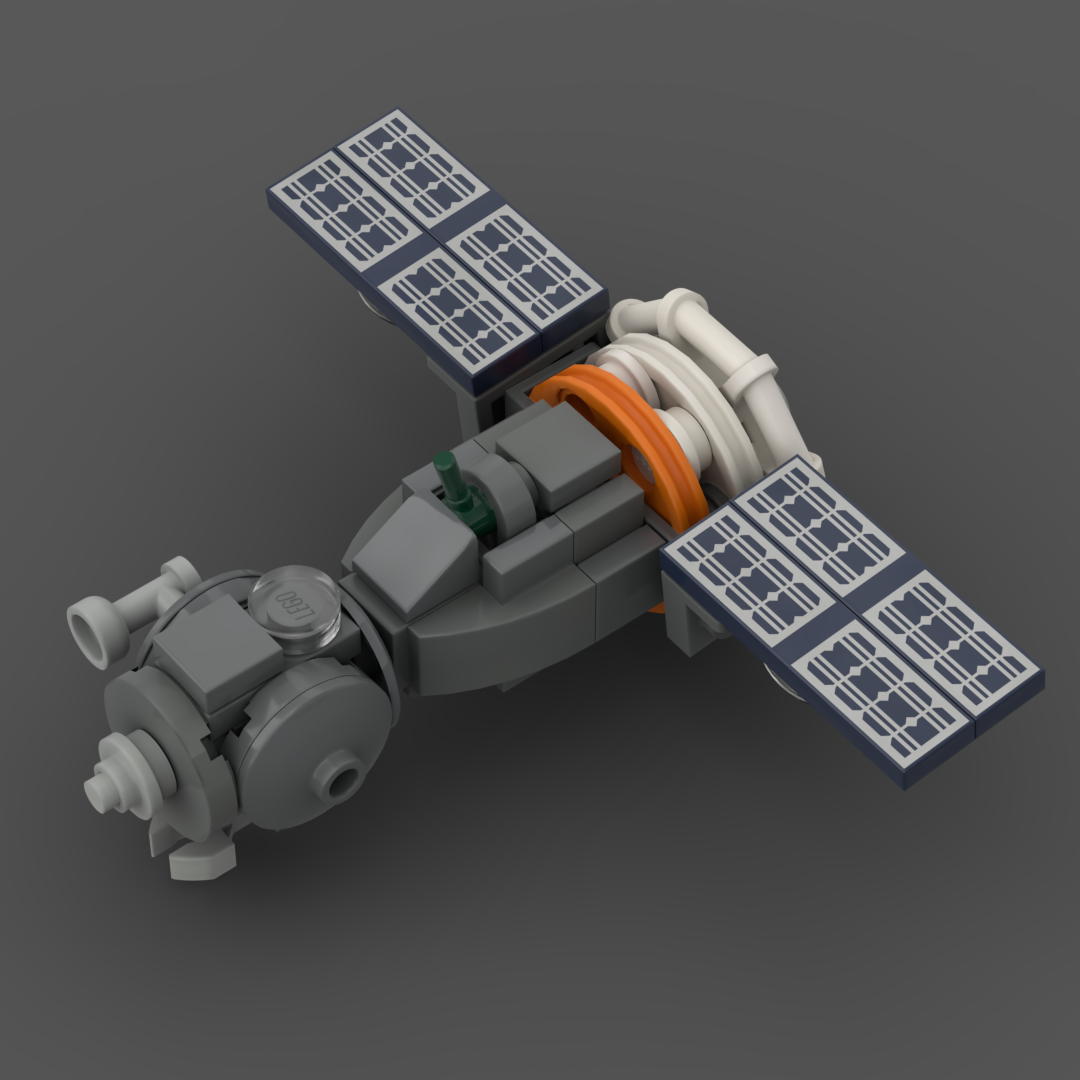
Smazmats
April 2020
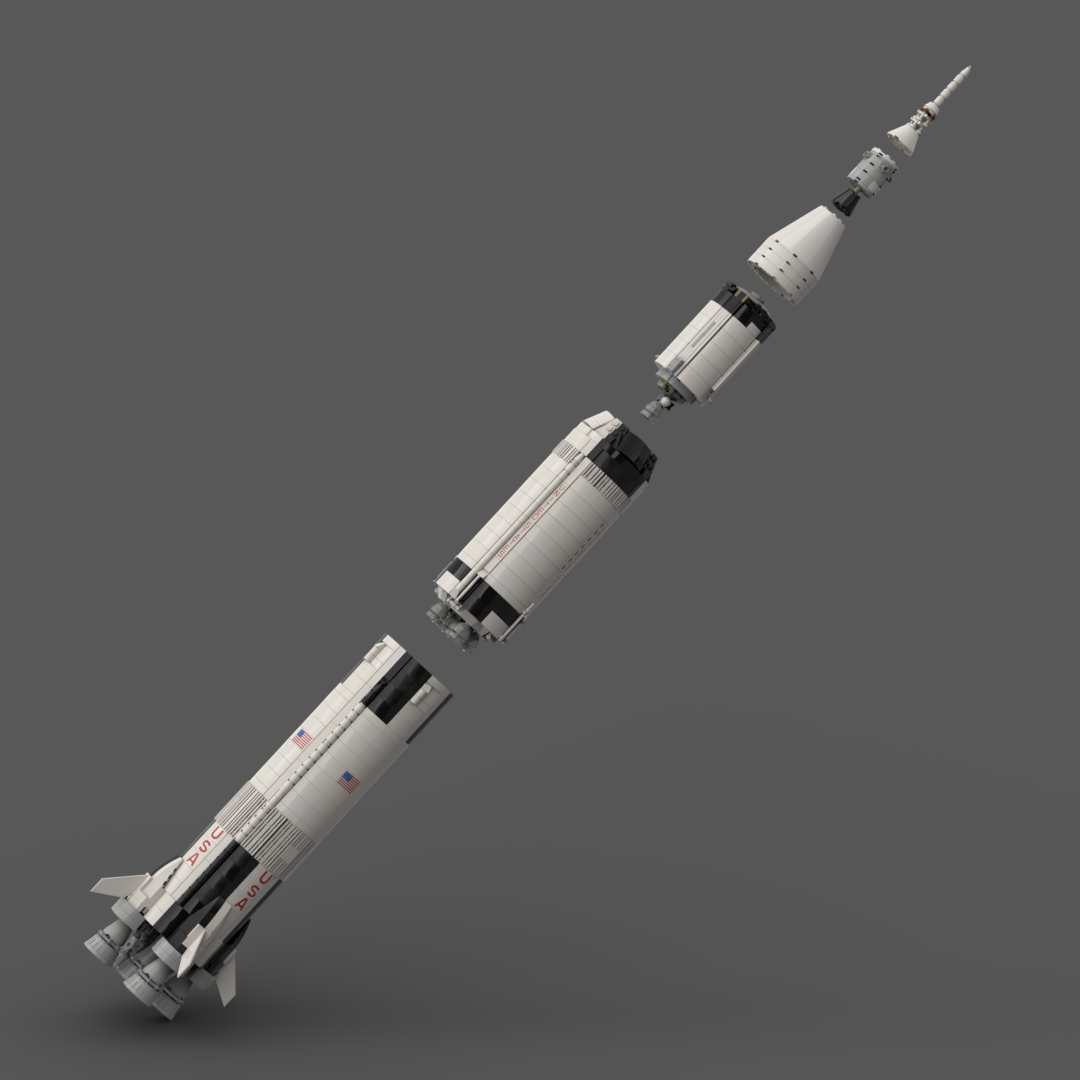
Adam Wilde (Apollo 110)
David Welling (Luxordeathbed)
Greg Kremer
Valerie Roche (WhatsUpToday)
April 2020
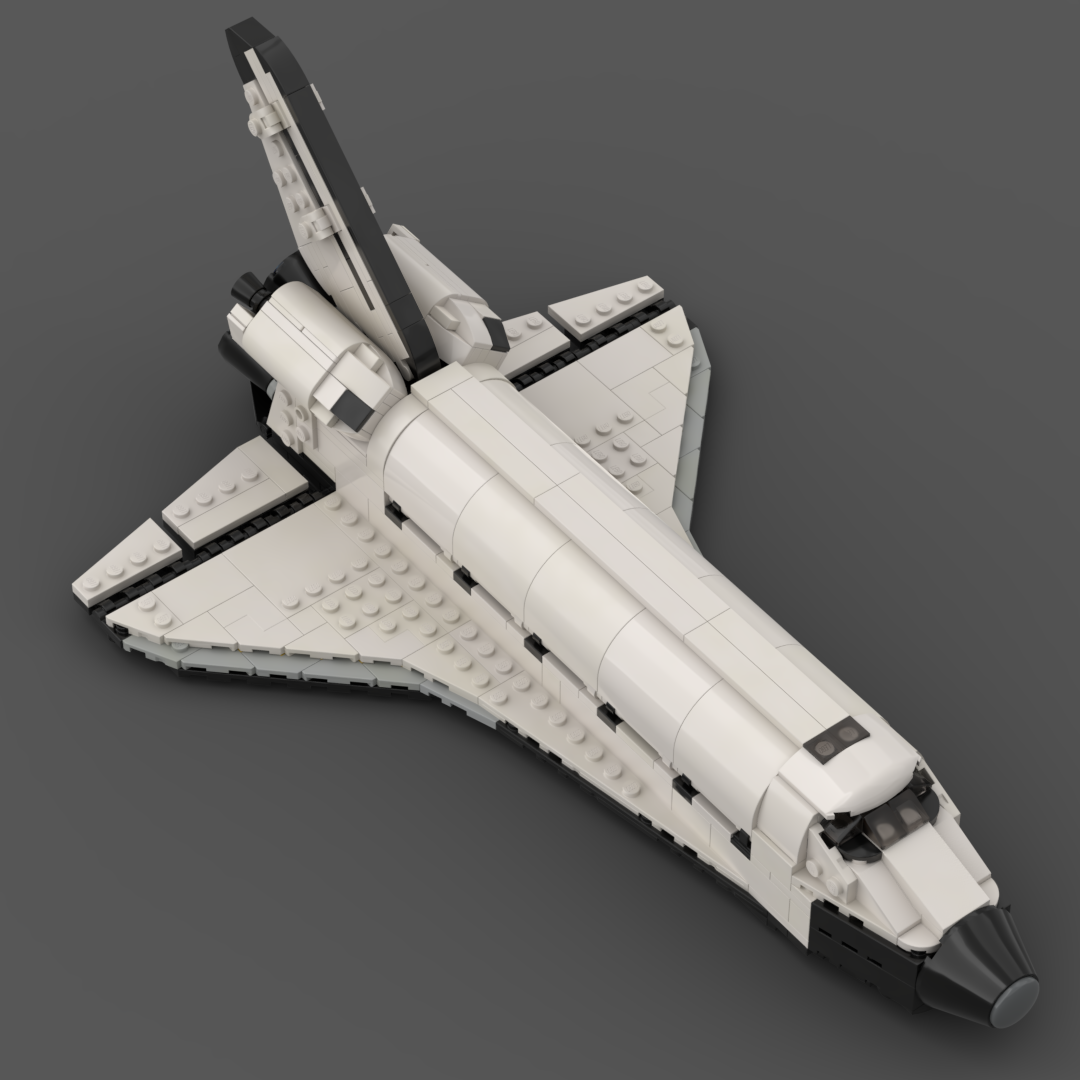
Andrew Harkins (KingsKnight)
March 2020
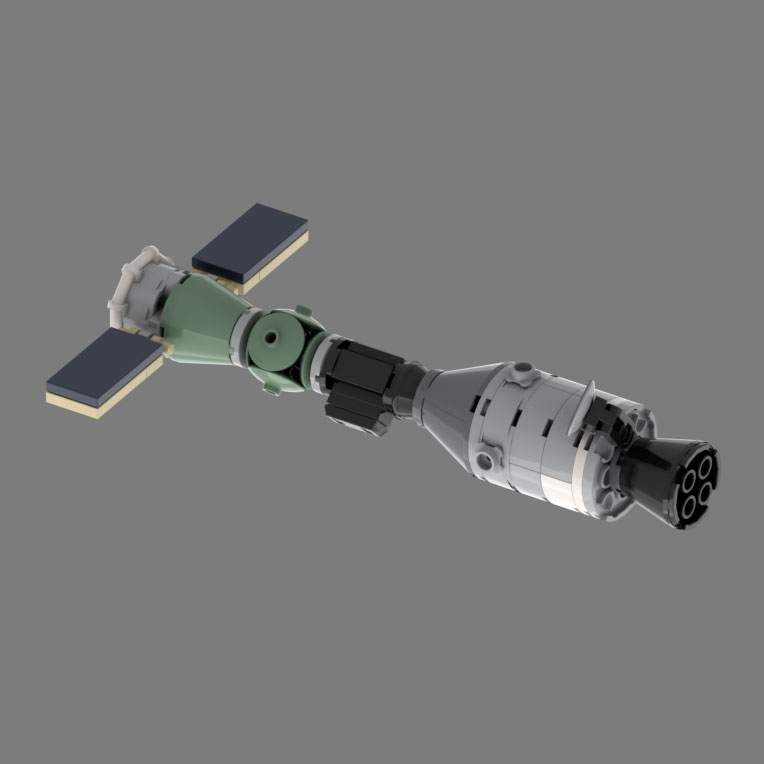
Nico Daams (Tech_niek)
January 2019
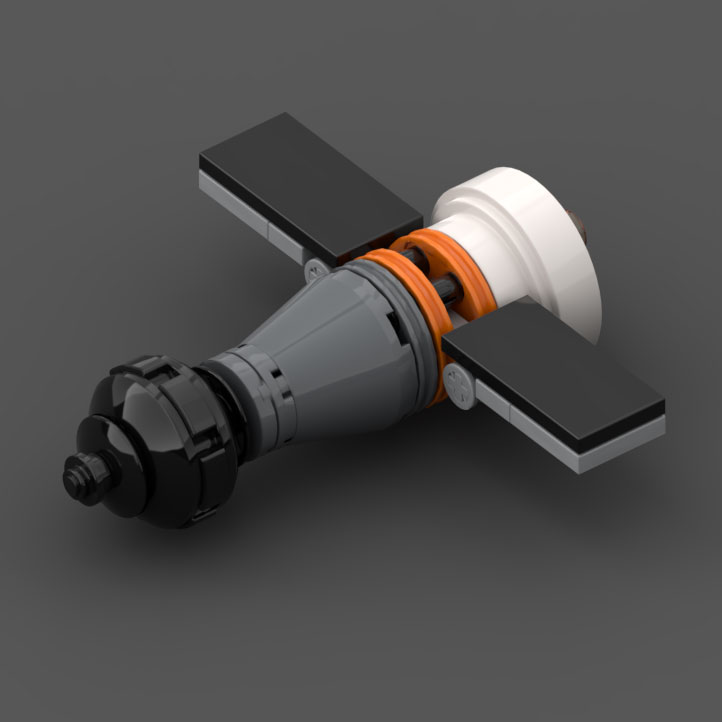
Dan Fallon (phreaddee)
October 2018
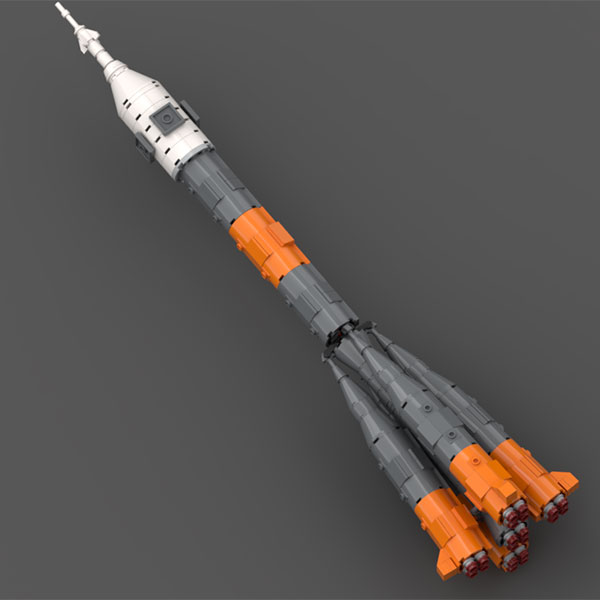
Nico Daams (Tech_niek)
May 2018
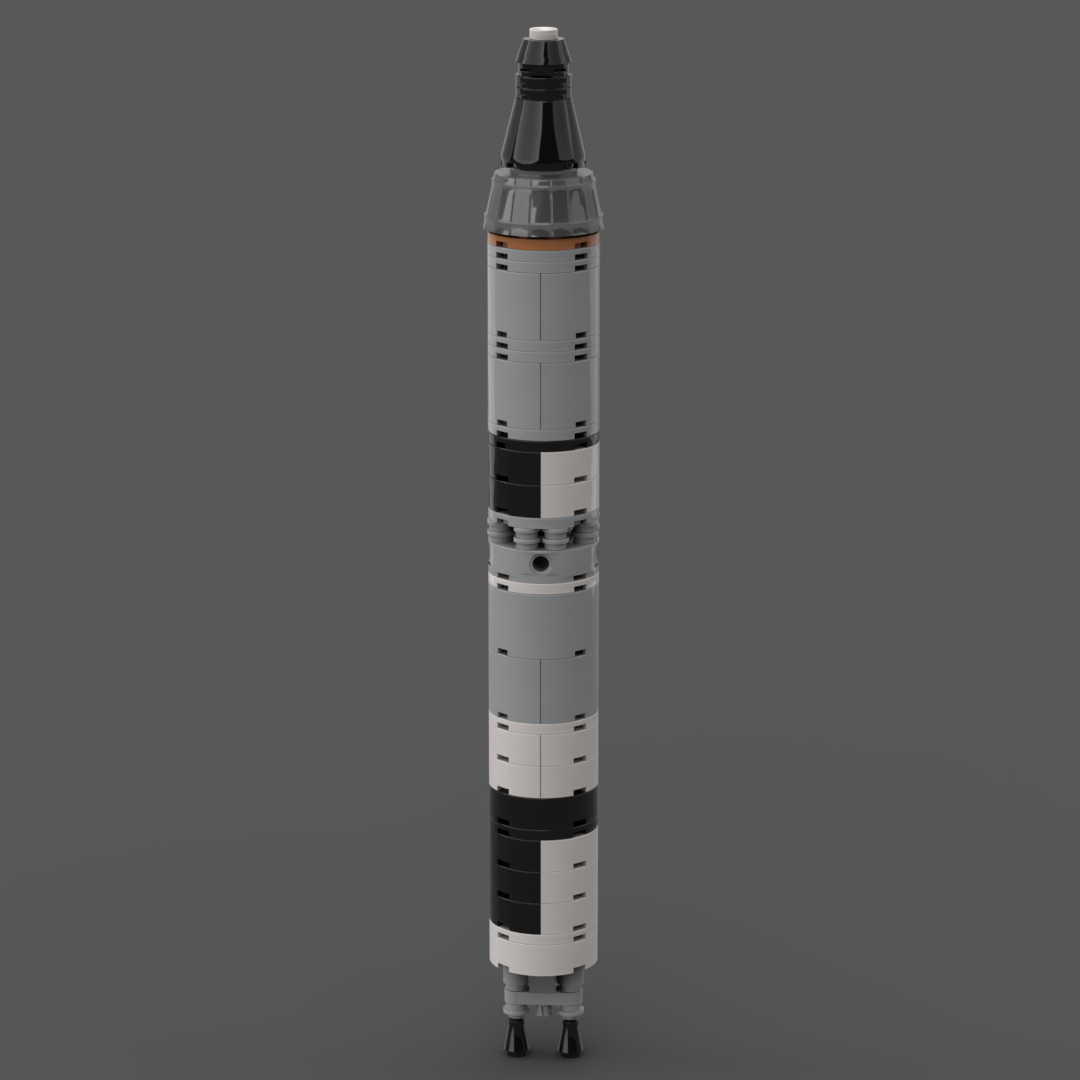
Grant Passmore (Eiffelman)
July 2017
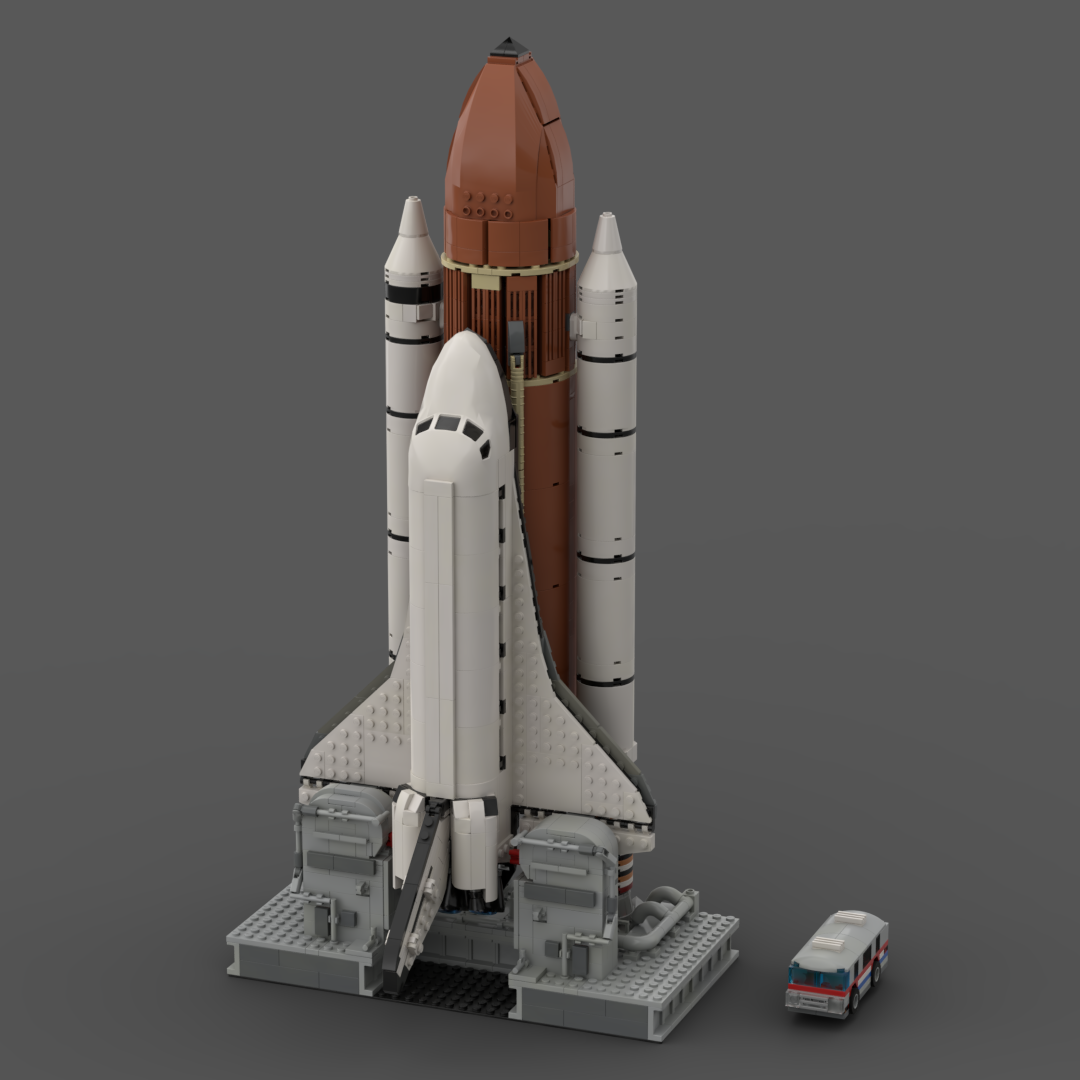
Andrew Harkins (KingsKnight)
July 2017
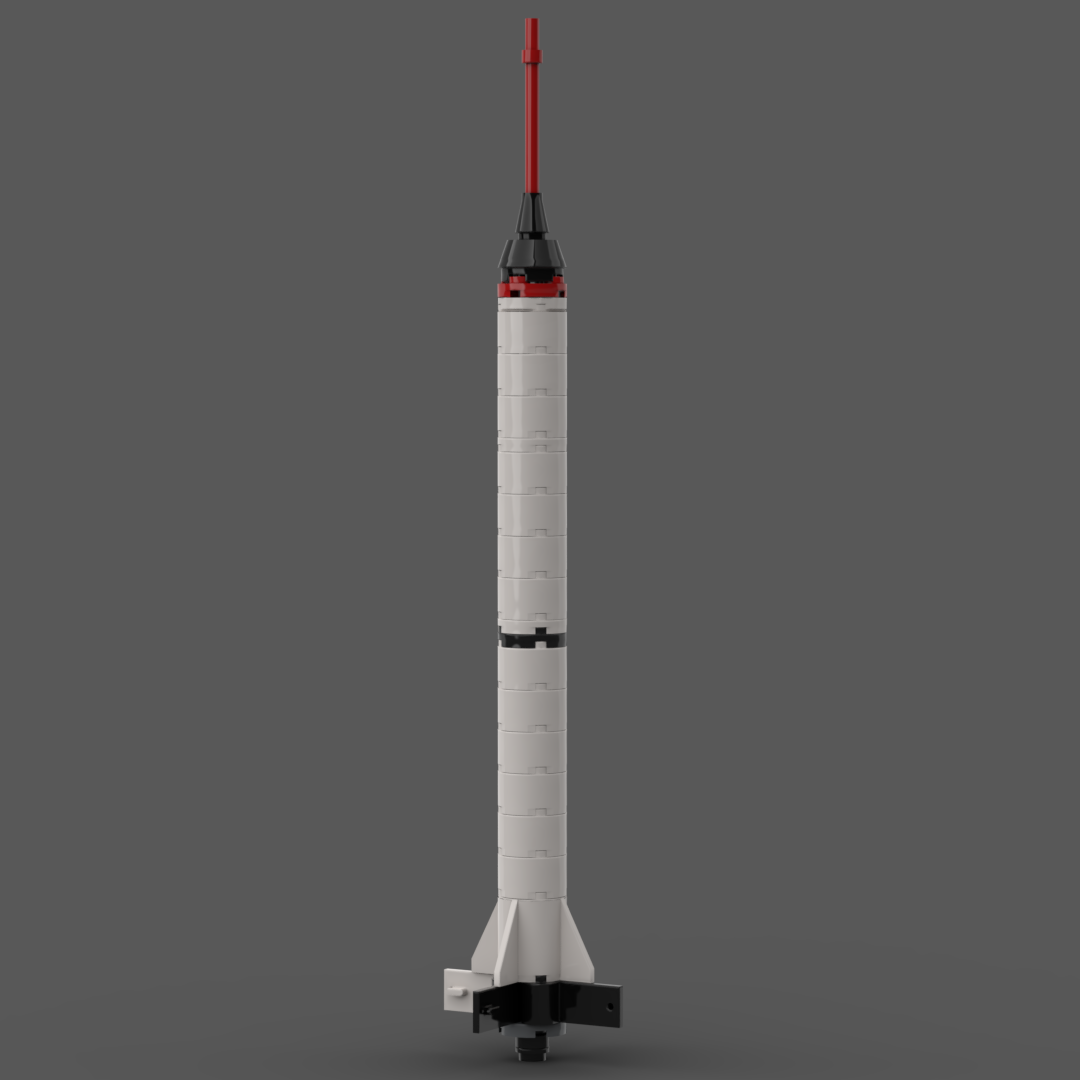
Grant Passmore (Eiffelman)
June 2017
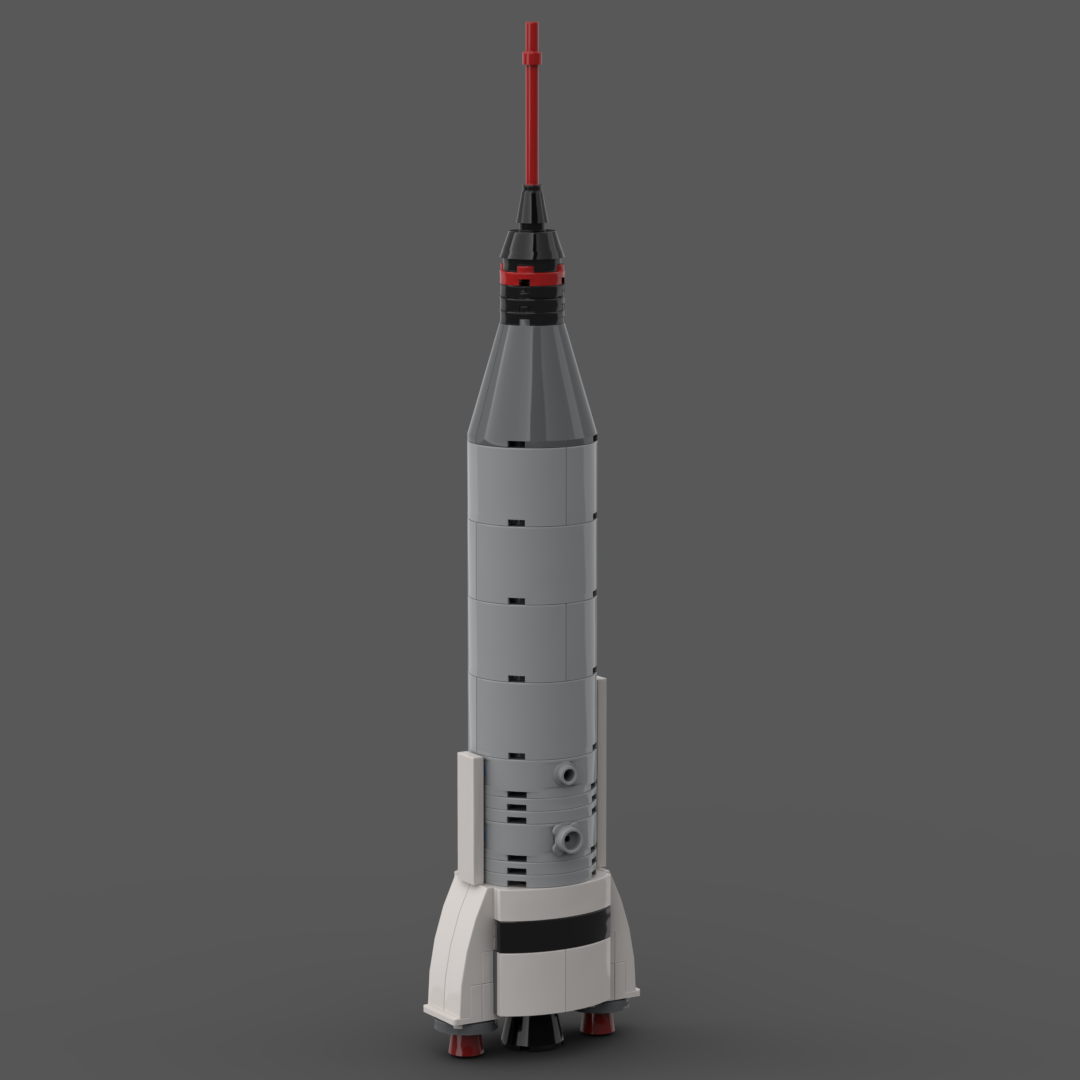
Grant Passmore (Eiffelman)
June 2017
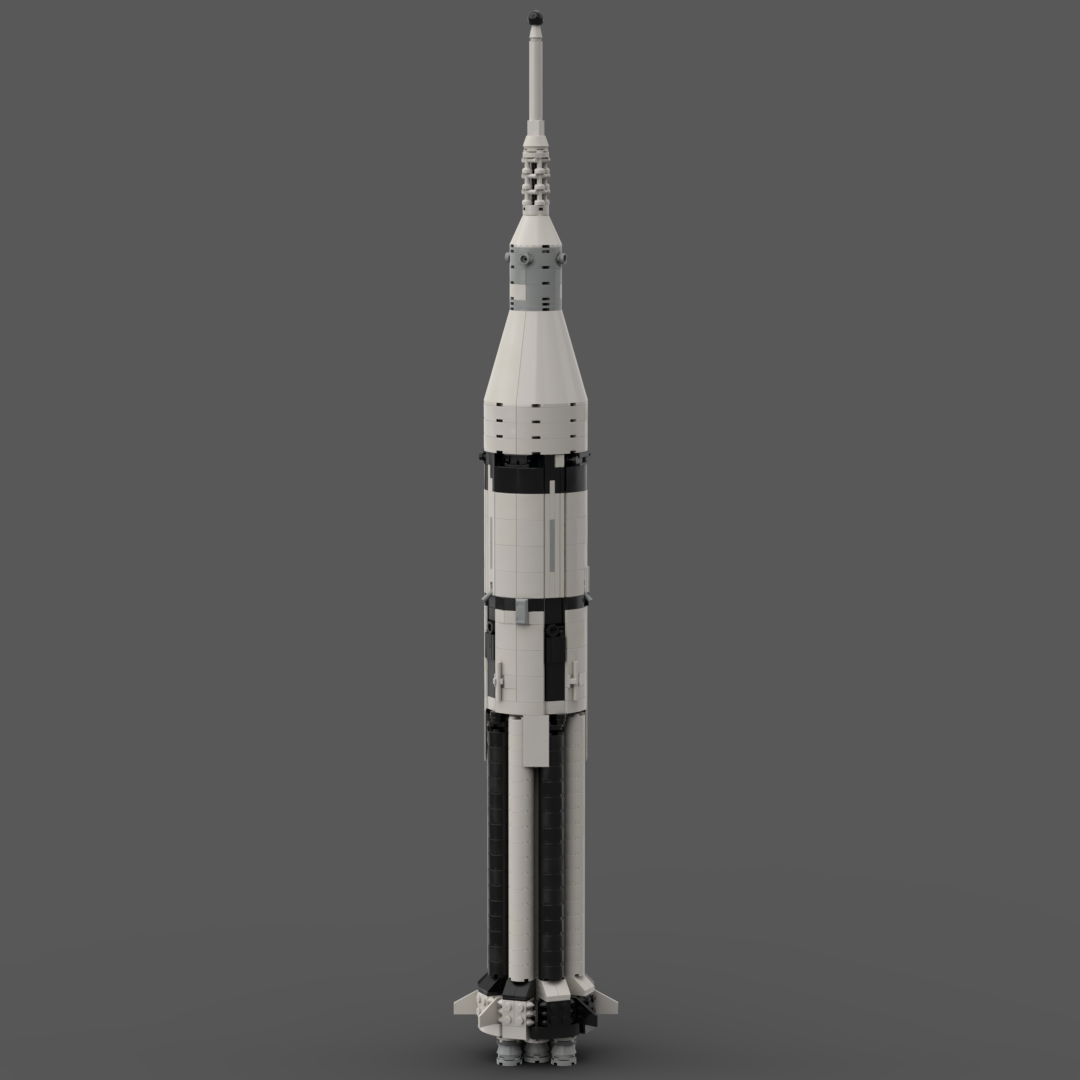
David Welling (Luxordeathbed)
February 2017